Building a strong backlink profile is like adding rocket fuel to your website’s SEO. But what if you could skip years of link building and tap into existing authority? That’s where expired domains come in.
These are domains that were once active but are no longer renewed. Unlike new domains, they often come with established credibility from search engines. For example, ello.co—a former social platform—still holds a Domain Rating (DR) of 83 and millions of high-quality links. Redirecting these domains to your site can transfer their link juice directly to your pages.
Using 301 redirects strategically helps preserve the value of these connections. However, not all expired domains are equal. Some might have spammy histories or broken links that could hurt your rankings. Research is key.
This guide shares five proven tips to help you identify, evaluate, and use these domains safely. You’ll learn how to spot hidden gems, avoid penalties, and turn forgotten domains into traffic magnets. Let’s dive in!
Key Takeaways
- Expired domains with strong backlink profiles can accelerate SEO growth.
- 301 redirects transfer authority from expired domains to your site.
- Always vet domains for spam risks before purchasing.
- Real-world examples like ello.co show the potential impact.
- Proper implementation avoids search engine penalties.
Introduction to Expired Domains and Their SEO Potential
Imagine uncovering a treasure chest of SEO value—no digging required. That’s the opportunity expired domains offer. These digital assets were once active websites but are now available after owners stopped renewing them. Unlike new domains, they come pre-loaded with credibility from past activity.
“Expired domains are like second-hand cars with premium engines—they’ve already proven their worth,” explains SEO strategist Jamie Carter.
What Makes These Domains Special?
When a site shuts down, its backlink profile doesn’t vanish. Search engines remember domains that consistently delivered quality content. For instance, the once-popular blogging platform “WriteAway.com” still has a Domain Rating (DR) of 78 and 12,000+ referring domains. Redirecting such domains can funnel their authority to your pages.
Why Your SEO Strategy Needs Them
Here’s the kicker: Google treats aged domains with respect if their history is clean. A 2023 case study showed sites using expired domains saw 47% faster ranking improvements compared to new ones. Metrics like DR and organic traffic potential matter most.
| Metric | Expired Domain | New Domain |
|---|---|---|
| Avg. Time to Rank | 3-6 Months | 12+ Months |
| Referring Domains | 1,200+ | 0 |
| DR Boost Potential | High | Low |
Not all domains are golden. Avoid those with spammy links or irrelevant content. Tools like Ahrefs can reveal a domain’s past—look for steady traffic patterns and niche-aligned keywords.
Understanding the Value of Quality Backlink Profiles
Not all links are created equal—some act like turbochargers for your SEO, while others stall your progress. A strong backlink profile isn’t just about quantity. It’s about connections that search engines view as trustworthy votes for your content.
Recognizing Strong Versus Poor Backlinks
High-quality links come from reputable websites in your niche. Creating an internal linking map is a practical way to ensure your site’s navigation supports both user experience and search engine indexing.. Avoid links from spammy directories or irrelevant sites. Tools like Ahrefs and Semrush reveal a link’s source authority and anchor text patterns.
Natural anchor text blends keywords with phrases like “learn more” or “read this study.” Over-optimized links with exact-match keywords often signal manipulation. Check referring domains—sites with diverse, organic traffic add more value than low-authority pages.
“A single link from a trusted .edu site can outweigh 100 links from questionable forums,” notes SEO analyst Maria Gonzalez.
Assessing Domain Authority and Trust Signals
Metrics like Domain Rating (DR) and Trust Flow help gauge a domain’s credibility. For example:
| Quality Indicator | High-Value Domain | Low-Value Domain |
|---|---|---|
| Referring Domains | 800+ | |
| Spam Score | 2% | 35% |
| Anchor Text Diversity | 70% Branded | 90% Exact-Match |
Use the Wayback Machine to review a domain’s historical content. Sudden traffic drops or shady redirects? Red flag. Consistent, niche-aligned posts? Green light. Always verify before investing.
Evaluating Domain History and Previous Content
Think of domain research like peeling an onion—each layer reveals clues about its past. The Wayback Machine from Archive.org lets you time-travel through a website’s archived pages. Type in any URL to see snapshots of old content, design changes, and even deleted posts.
Using the Wayback Machine for Historical Insight
Found a promising domain? Check if its past aligns with your niche. A cooking blog turned gambling site? That’s trouble. Look for consistent themes matching your goals. For example, a defunct tech review site could boost your gadget blog’s authority if repurposed correctly.
“Domains with erratic content shifts confuse search engines. Stick to stable histories,” advises SEO consultant Liam Porter.
Cross-reference findings with tools like WHOIS. Frequent ownership changes or multiple sales on NameBio suggest instability. Aim for domains with 2+ years under one owner and gradual traffic growth.
Identifying Red Flags in Domain History
Watch for these warning signs:
- Sudden link spikes followed by drops (often paid links)
- Foreign-language content unrelated to the domain’s origin
- Overuse of exact-match anchor text in backlinks
| Clean Domain | Risky Domain |
|---|---|
| Steady content updates | Gaps exceeding 6 months |
| 0% spam score | 30%+ spam score |
| Niche-focused articles | Random product reviews |
Tools like Ahrefs can flag toxic links. Remember: Google forgives aged domains less easily than new sites. A clean slate beats rebuilding trust.
How to Manage Expired Backlinks Effectively
Reviving an expired domain without aligning its content is like restoring a classic car with mismatched parts—it might run, but not smoothly. Search engines reward consistency between a domain’s past and present. Let’s explore how to bridge old authority with new goals.
Match the Original Vibe, Modernize the Message
Domains retain their SEO power when new content echoes their core themes. If you acquire a former fitness blog, publish health-related articles. Use the Wayback Machine to study top-performing pages. For instance, a revived parenting site recreated its viral “Toddler Sleep Guide” with updated research—traffic jumped 62% in three months.
“Content alignment isn’t about copying—it’s respecting the domain’s legacy while adding fresh value,” says digital strategist Rachel Kim.
Update old posts by keeping target keywords but improving depth. Turn listicles into step-by-step tutorials. Swap outdated stats for 2024 data. This preserves link juice while boosting relevance. For firms relying on local traffic, maintaining active citations and backlinks is essential—explore this guide to local SEO for financial advisors.
| Aligned Strategy | Misaligned Strategy |
|---|---|
| 82% traffic retention | 34% traffic retention |
| 45% higher DR growth | 12% DR drop |
| Consistent keyword rankings | Ranking fluctuations |
Audit backlinks to identify themes. A tech review domain with gaming links? Create content around VR headsets or console comparisons. Sync new pages with the existing link profile to signal topical authority.
Implementing Strategic 301 Redirects
Think of 301 redirects as digital bridges—they channel authority from retired domains to your active website. When set up correctly, these permanent redirects tell search engines: “This old page’s value now lives here.” But like any bridge, poor construction risks collapse.
Redirect Approaches and Best Practices
Start by configuring server settings. Use Apache’s .htaccess or Nginx config files for bulk redirects. Match old URLs to topically relevant pages on your site. For example, redirecting “/vintage-recipes” from an acquired cooking domain to your “/classic-dishes” page preserves context.
“Redirects work best when the content relationship is obvious. Random mappings confuse algorithms,” warns technical SEO expert Derek Simmons.
Avoid these common pitfalls:
- Chaining multiple redirects (slows load speed)
- Using temporary 302 redirects (weakens authority transfer)
- Ignoring broken links on the expired domain
| Proper Redirect | Improper Redirect |
|---|---|
| Old URL: /gardening-tools → New URL: /outdoor-equipment | Old URL: /fitness-guide → New URL: /pet-food |
| 301 status code | 302 status code |
| 87% authority retained | 23% authority retained |
Mapping Expired Domain URLs to Relevant Pages
Audit the expired domain’s top pages using tools like Screaming Frog. Prioritize URLs with strong backlinks. A photography site’s “/lighting-tips” post could redirect to your camera gear tutorial. Keep anchor text consistent—if the original link used “DSLR techniques,” mirror that phrasing.
Monitor redirect performance in Google Search Console. Look for indexed pages and crawl errors. Fix broken chains promptly to maintain link equity. Case study: A travel blog redirected 120 expired URLs to destination guides, boosting organic traffic by 41% in four months.
Remember: Precision beats speed. Test each redirect before scaling. Your site’s credibility depends on it.
Leveraging Tools and Resources for Domain Analysis
Unlocking a domain’s potential starts with the right digital toolkit. Platforms like Ahrefs and Semrush act as X-ray goggles, revealing hidden strengths and weaknesses in link profiles. These tools help you avoid costly mistakes while maximizing SEO gains.
Professional Backlink Analysis Essentials
Ahrefs’ Site Explorer delivers instant insights into a domain’s authority. Track metrics like referring domains, anchor text diversity, and organic traffic trends. Semrush’s Backlink Audit tool flags toxic links using real-time spam scores. For example:
| Tool | Key Feature | Best For |
|---|---|---|
| Ahrefs | Historical link data | Deep backlink analysis |
| Semrush | Spam detection | Risk mitigation |
| Moz Pro | Domain Authority score | Quick credibility checks |
“Treat domain analysis like a medical checkup—look beyond surface symptoms to diagnose root issues,” suggests SEO analyst Tara Nguyen.
Streamlining Audits and Monitoring
Set up weekly alerts for sudden link spikes or drops. Use Screaming Frog to crawl acquired domains, identifying broken pages that need redirects. Follow this three-step process:
- Scan using multiple tools to cross-verify data
- Export reports to track changes over 90-day periods
- Integrate findings into your SEO strategy using task managers like Trello
Platforms like DomainWatch send email notifications for website indexing changes. Pair these with Google Search Console to monitor how search engines perceive your revived domains. Consistent checks prevent surprises and keep your content aligned with algorithmic preferences.
By blending automated insights with human judgment, you turn raw data into actionable wins. Tools don’t replace expertise—they amplify it.
Managing Risks and Avoiding SEO Penalties
Navigating expired domains without caution is like walking through a minefield—one wrong step could blow up your SEO efforts. While these domains offer shortcuts to authority, search engines scrutinize their use closely. Balance bold strategy with careful planning to stay safe.
Identifying and Mitigating Risk Factors
Common pitfalls include spammy backlinks, irrelevant content, or past penalties. Use tools like Google Search Console to monitor sudden traffic drops—a key sign of trouble. For example, a revived sneaker blog lost 60% of its rankings after redirecting a domain previously flagged for casino links.
| Risky Domain Signs | Safe Domain Signs |
|---|---|
| 50%+ links from unrelated niches | 80%+ niche-relevant links |
| Spam score above 15% | Spam score below 5% |
| Erratic traffic history | Steady growth before expiration |
“Assume every acquired domain is guilty until proven innocent. Audit like your rankings depend on it—because they do,” warns Google’s John Mueller.
Ensuring Compliance with Search Engine Guidelines
Follow these steps to stay algorithm-friendly:
- Implement redirects gradually—10-20 per week
- Manually review all referring domains for relevance
- Maintain natural anchor text ratios (70% branded/non-commercial)
Case in point: A tech site avoided penalties by keeping 88% of its acquired domain’s original content themes. Regular audits using tools like Ahrefs ensured no toxic links slipped through.
Track performance weekly through Google Analytics. If organic clicks dip by 15%+, pause redirects and reassess. Adapt based on data—not assumptions—to keep your website thriving long-term.
Conclusion
Harnessing the power of pre-loved domains is like discovering a master key to SEO success—but only if used wisely. By following the five core strategies outlined here, you’ll transform forgotten digital assets into authority-building tools for your website.
Always start with thorough research. Check a domain’s history for red flags and ensure its past content aligns with your goals. Strategic redirects preserve link equity when mapped to relevant pages, while tools like Ahrefs help spot toxic connections before they harm your site.
Remember: SEO rewards patience. Monitor redirected domains for traffic shifts and adjust your approach based on data. One misstep with spammy links or mismatched themes could undo months of effort.
Ready to boost your rankings? Audit your current link profile using these methods. Pair smart domain acquisitions with consistent content quality, and watch your search engine visibility climb. The road to SEO growth isn’t about shortcuts—it’s about building bridges between legacy value and fresh expertise. Planning to reuse an old domain? You’ll want to read this CRO domain migration strategy before making the switch.

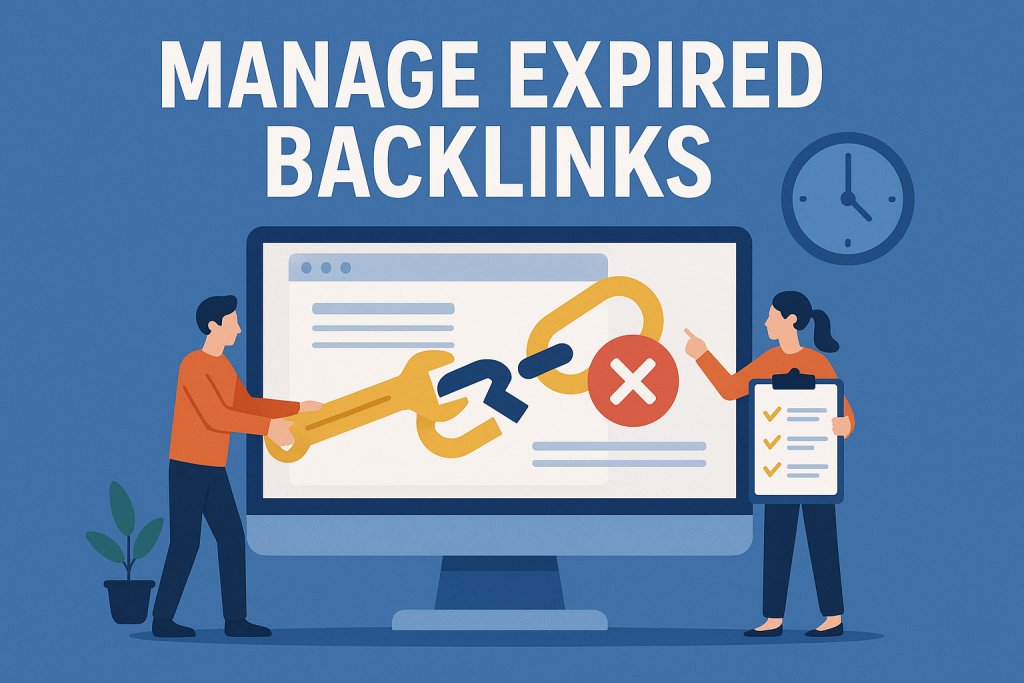

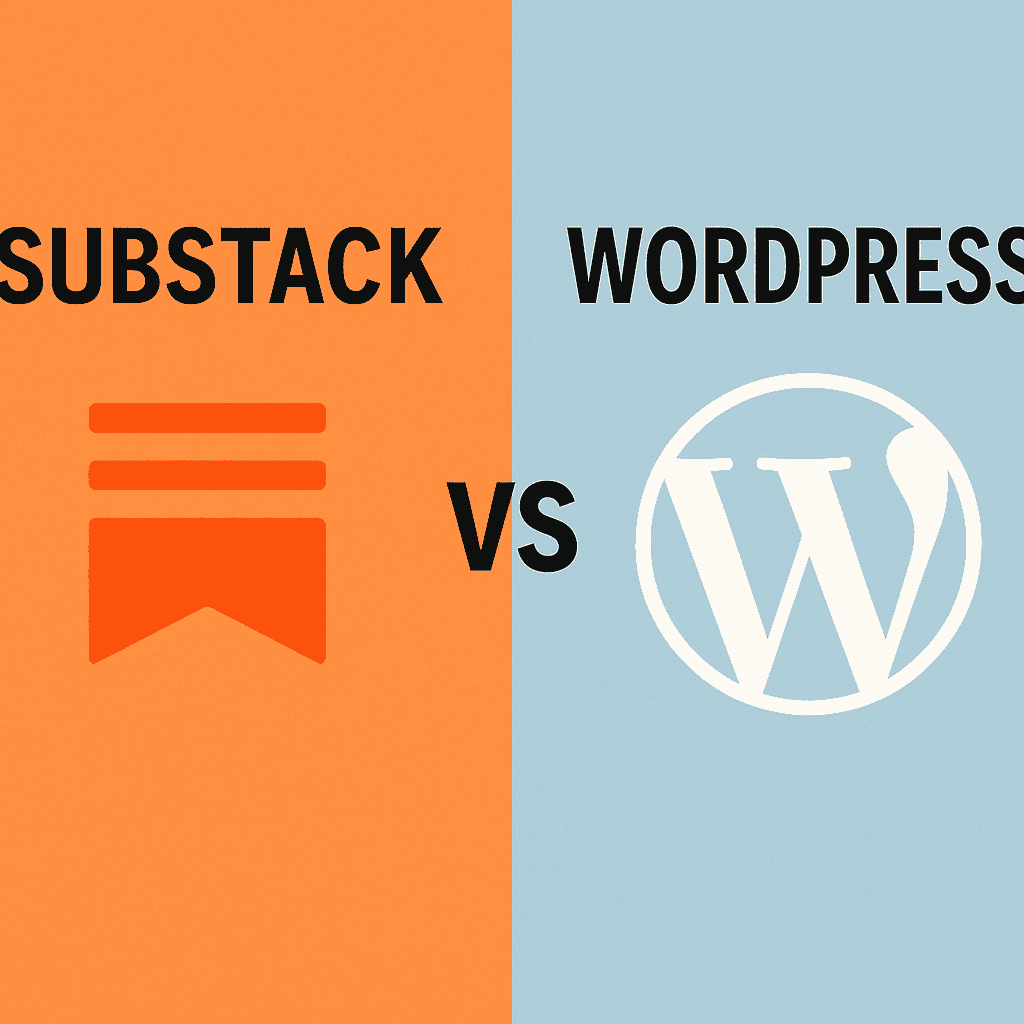

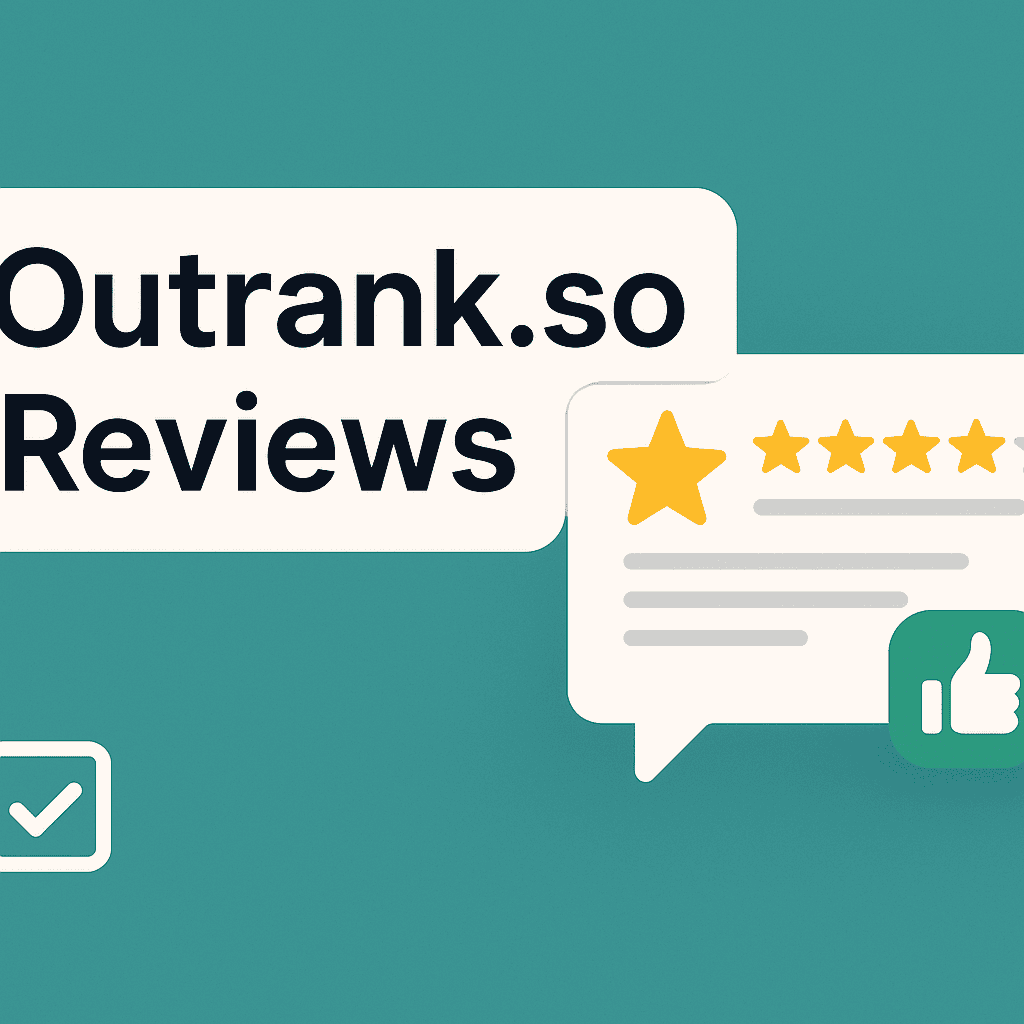

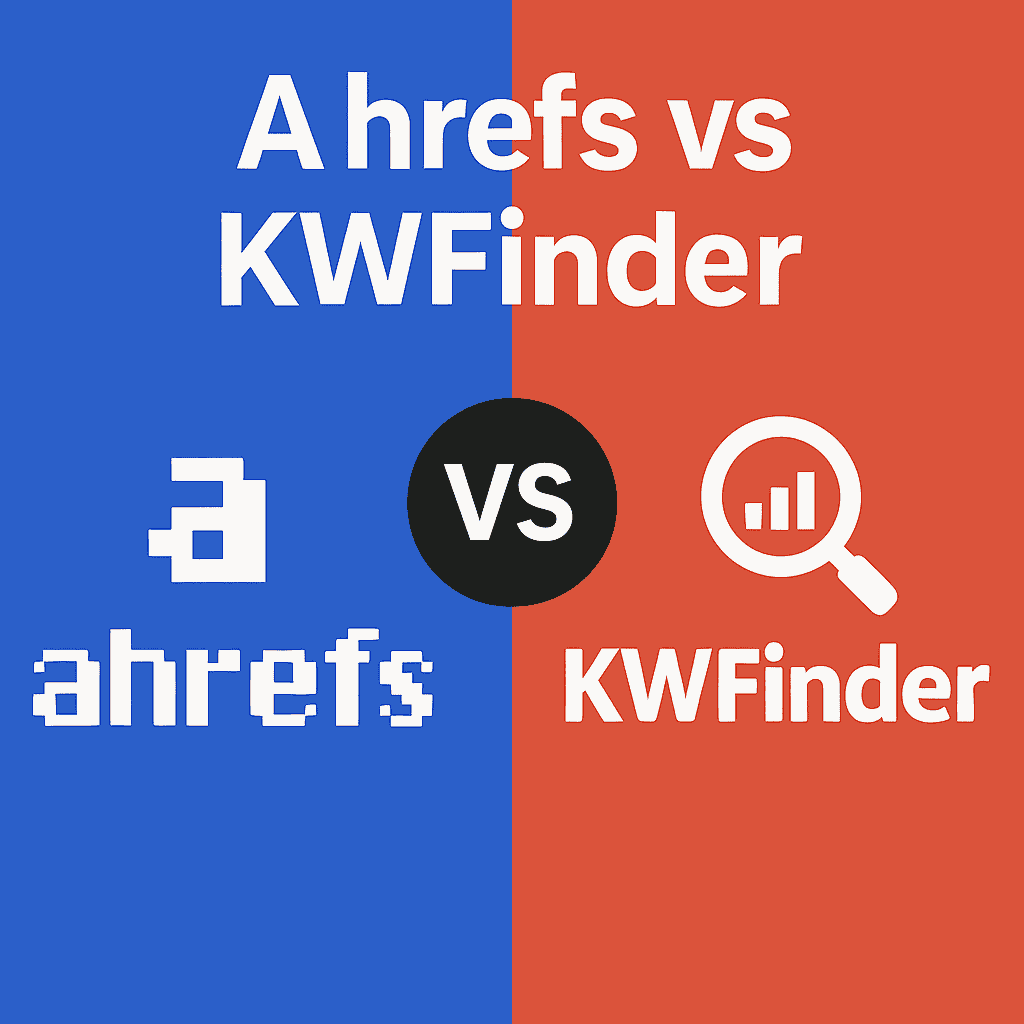


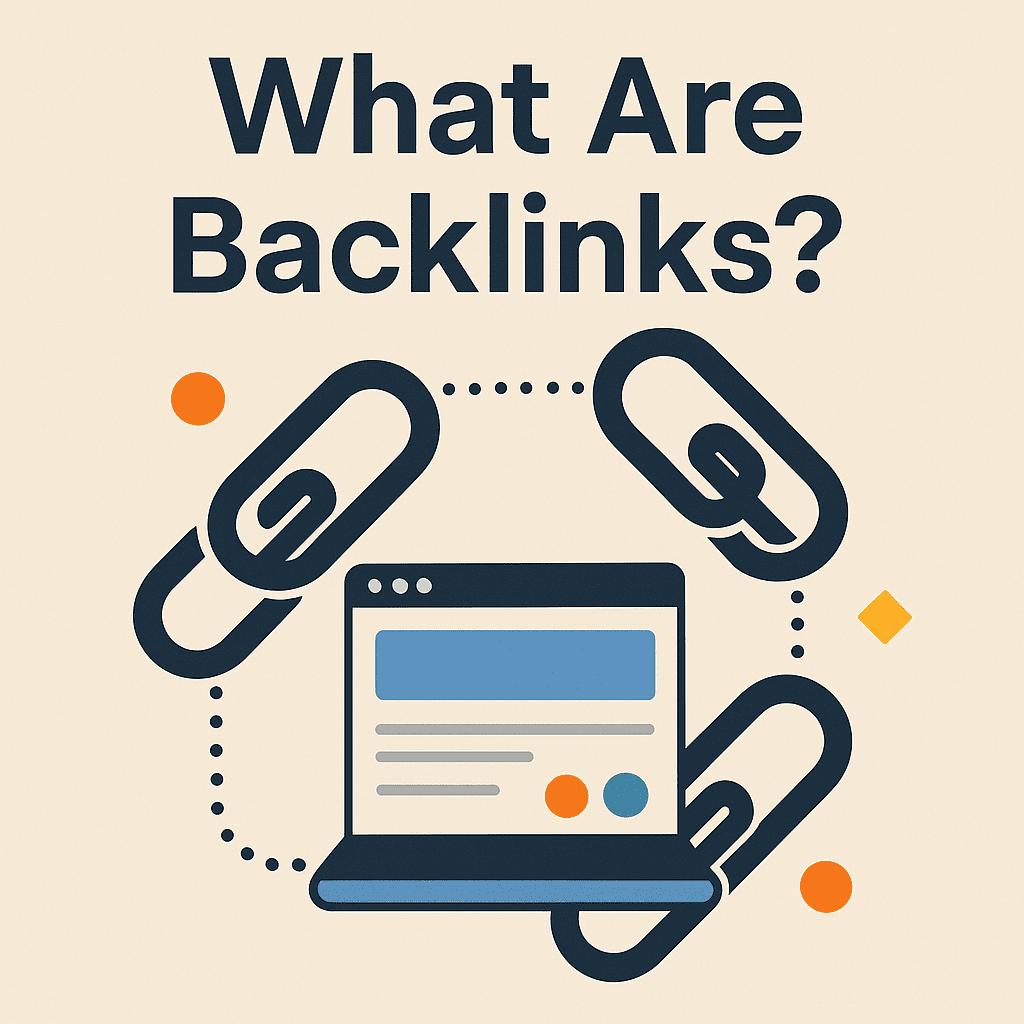


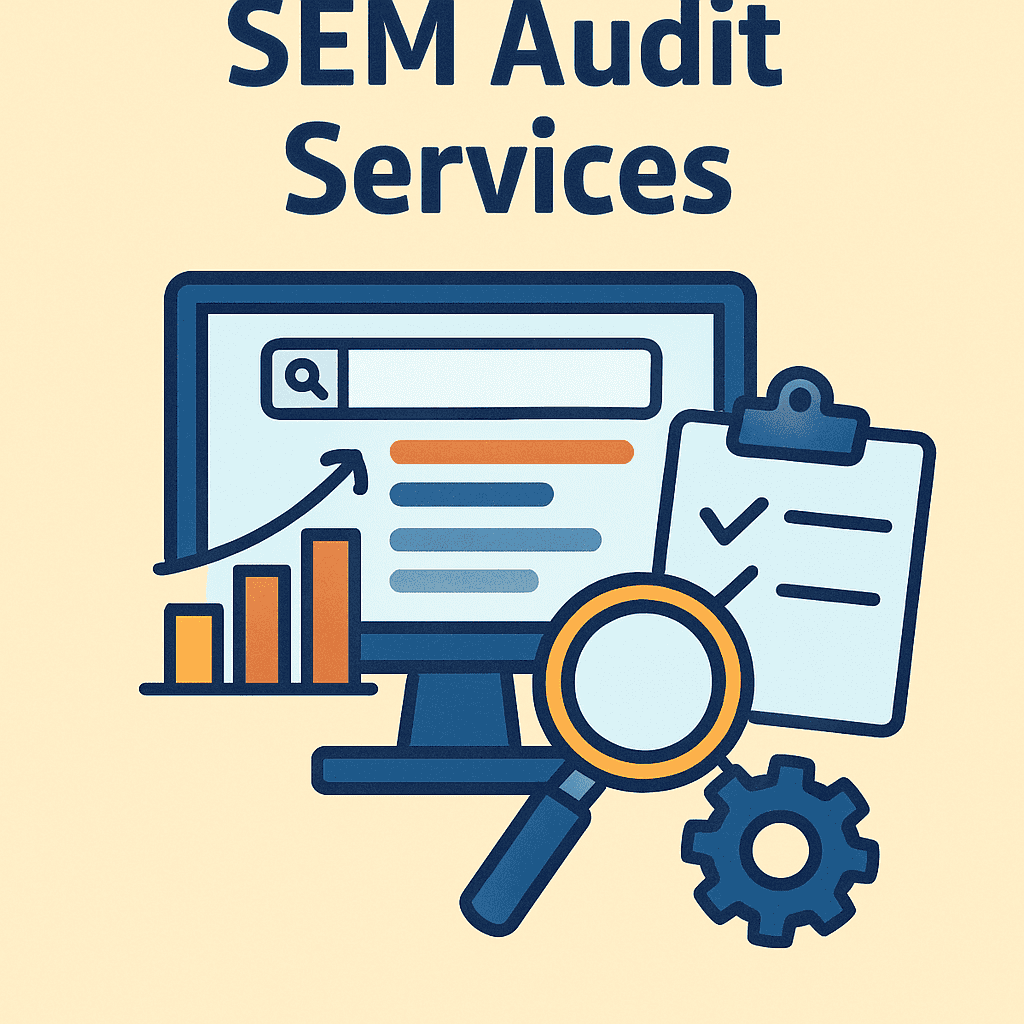










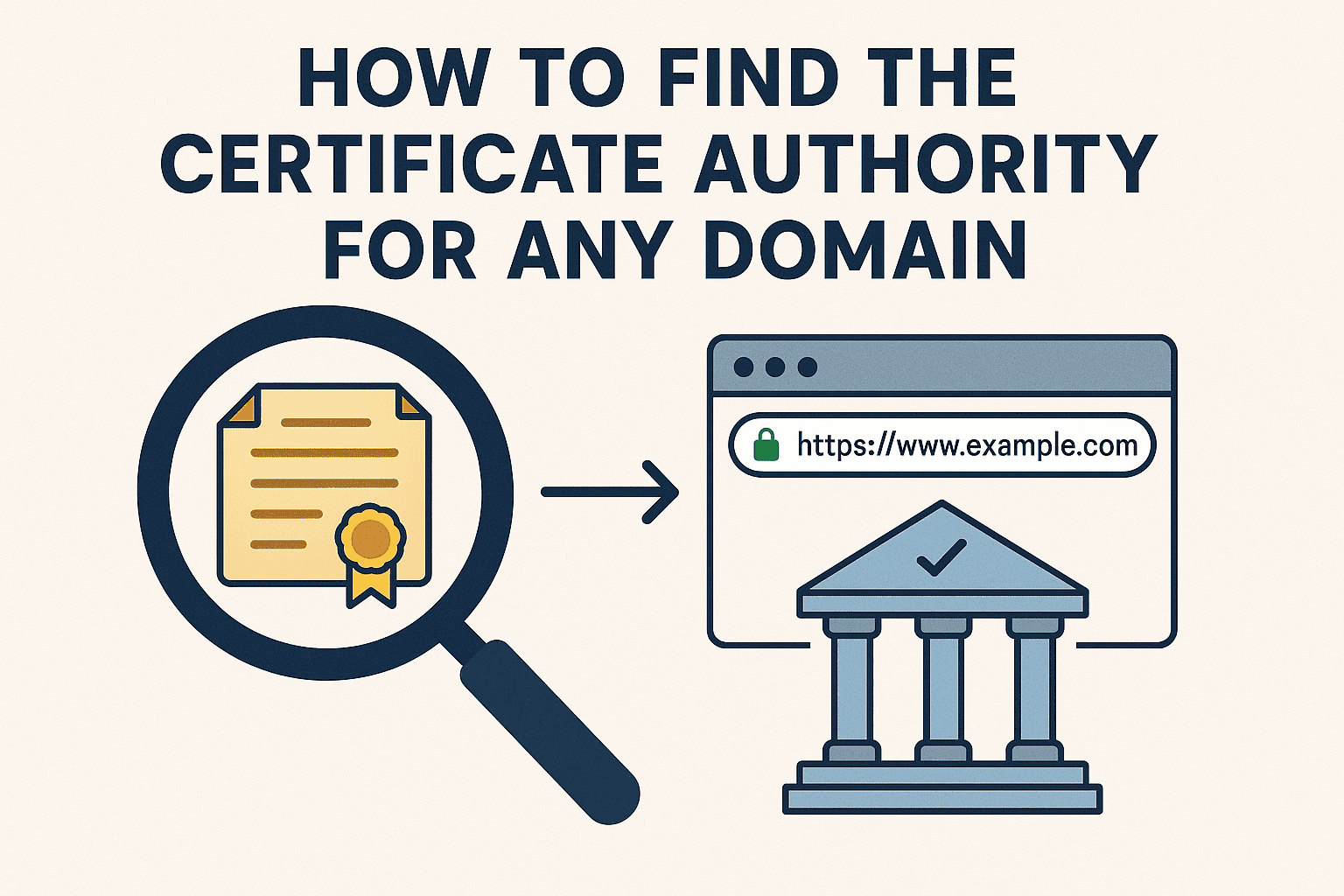



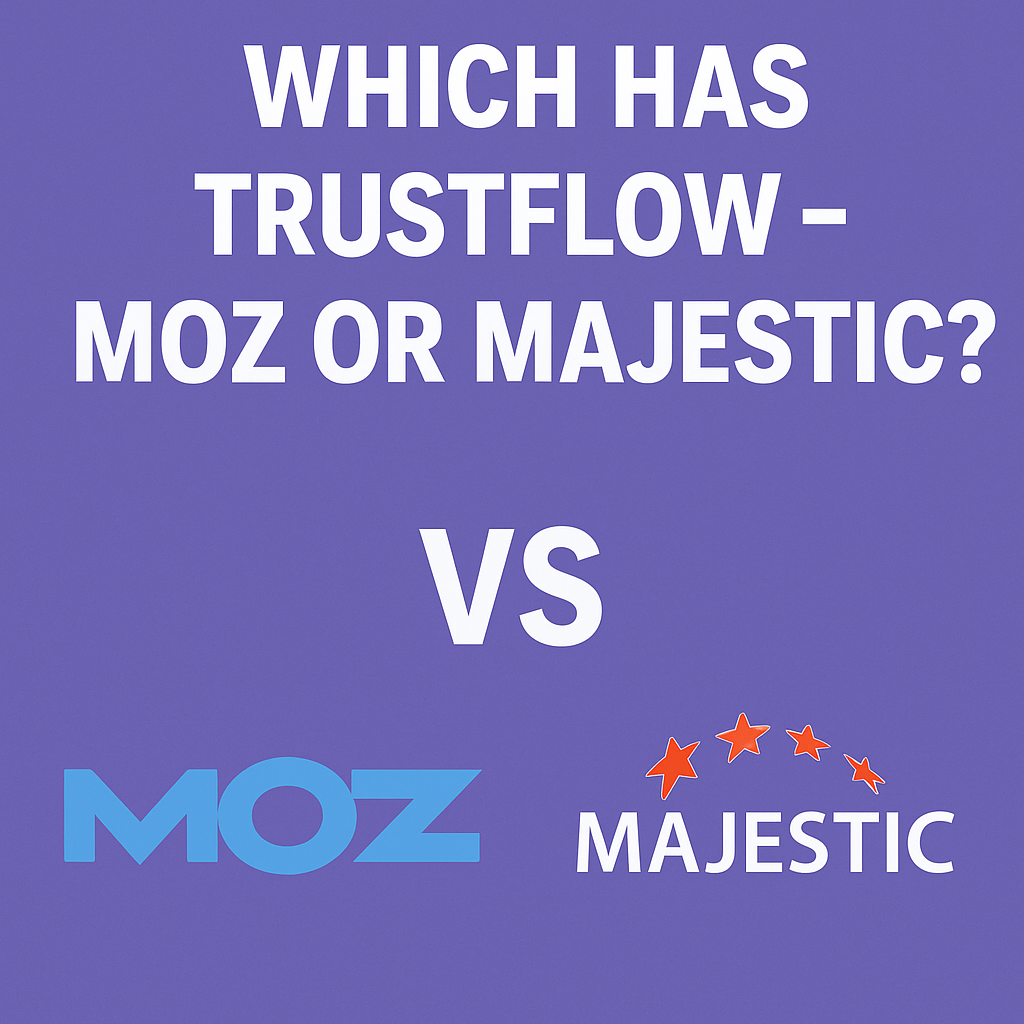


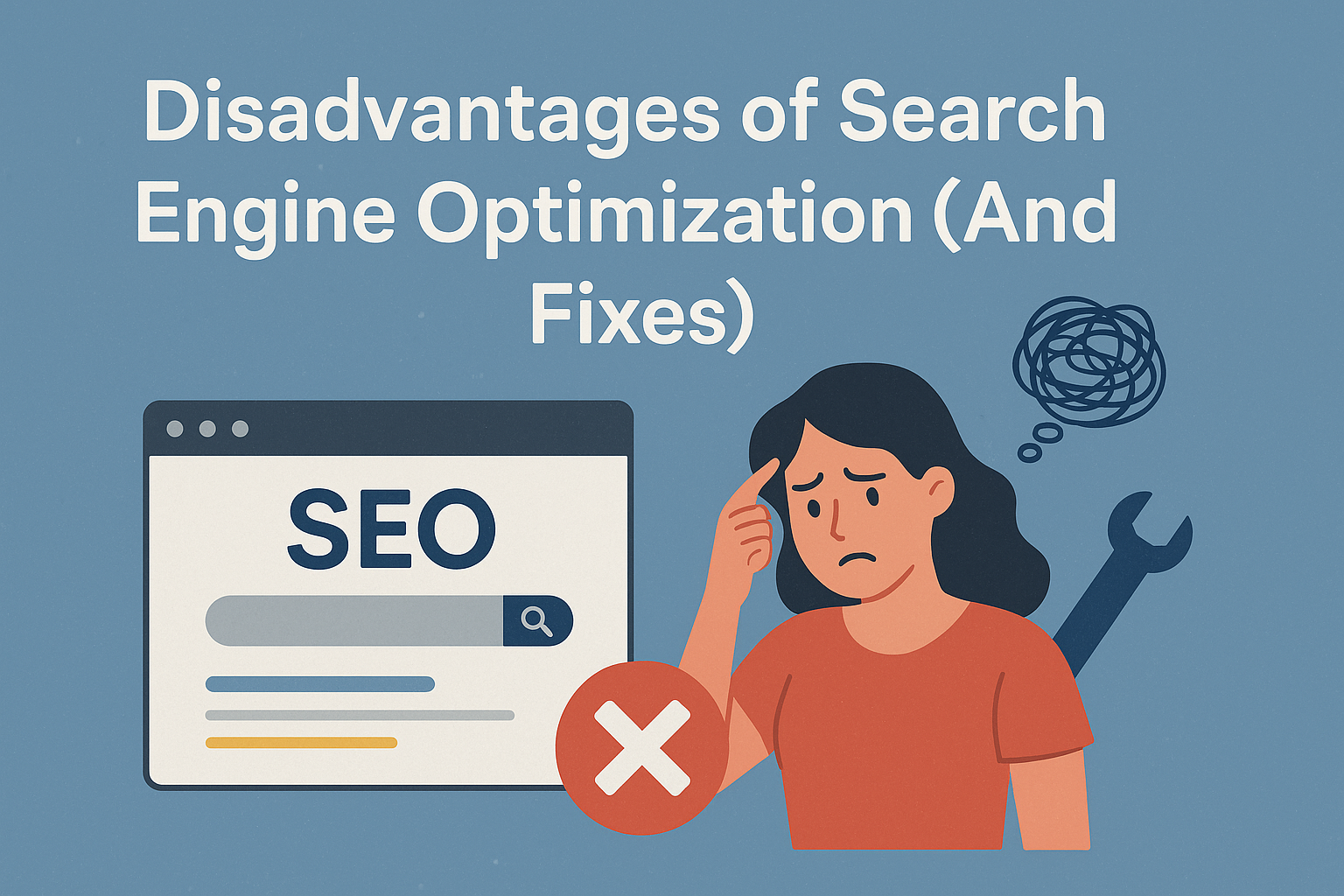

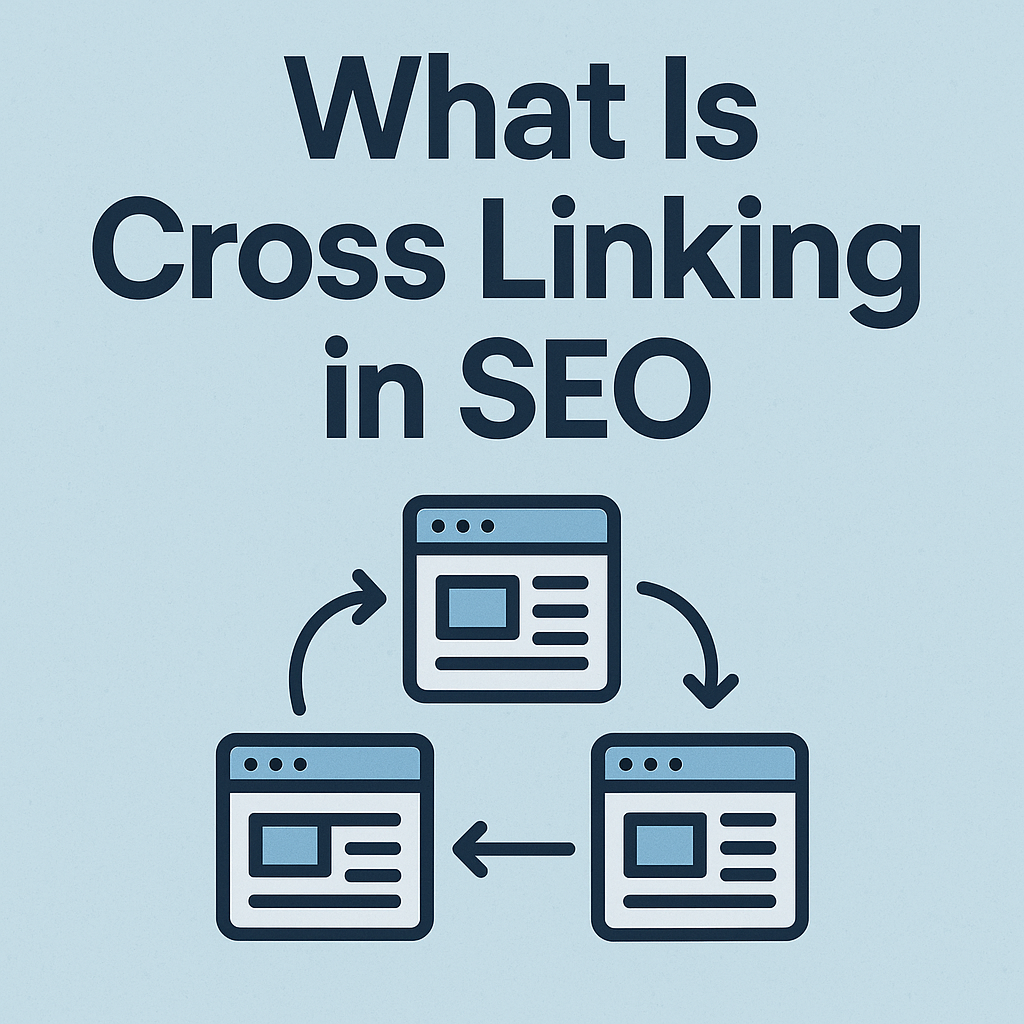


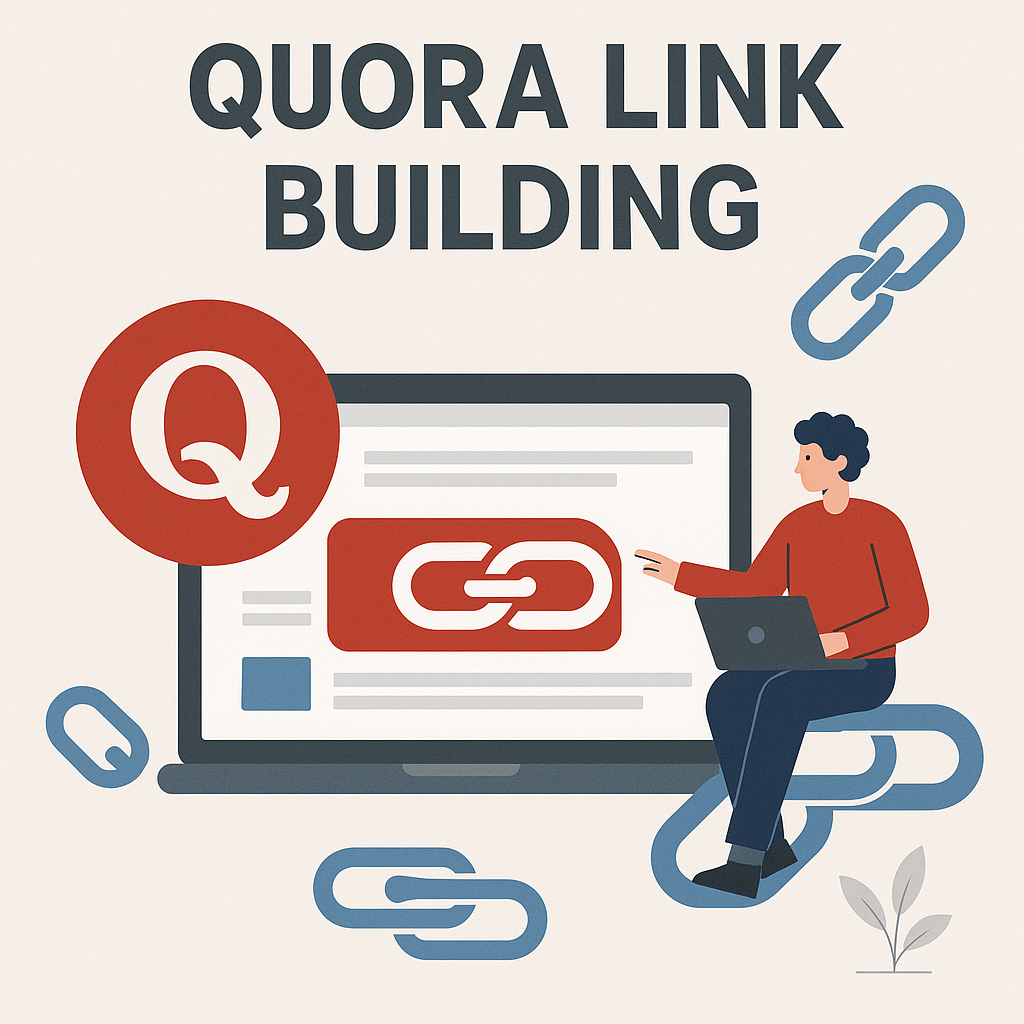
![How Many Outbound Links Per Blog [2025 Updated]](https://backlinkmanagement.io/wp-content/uploads/2025/06/How-Many-Outbound-Links-Per-Blog.png)
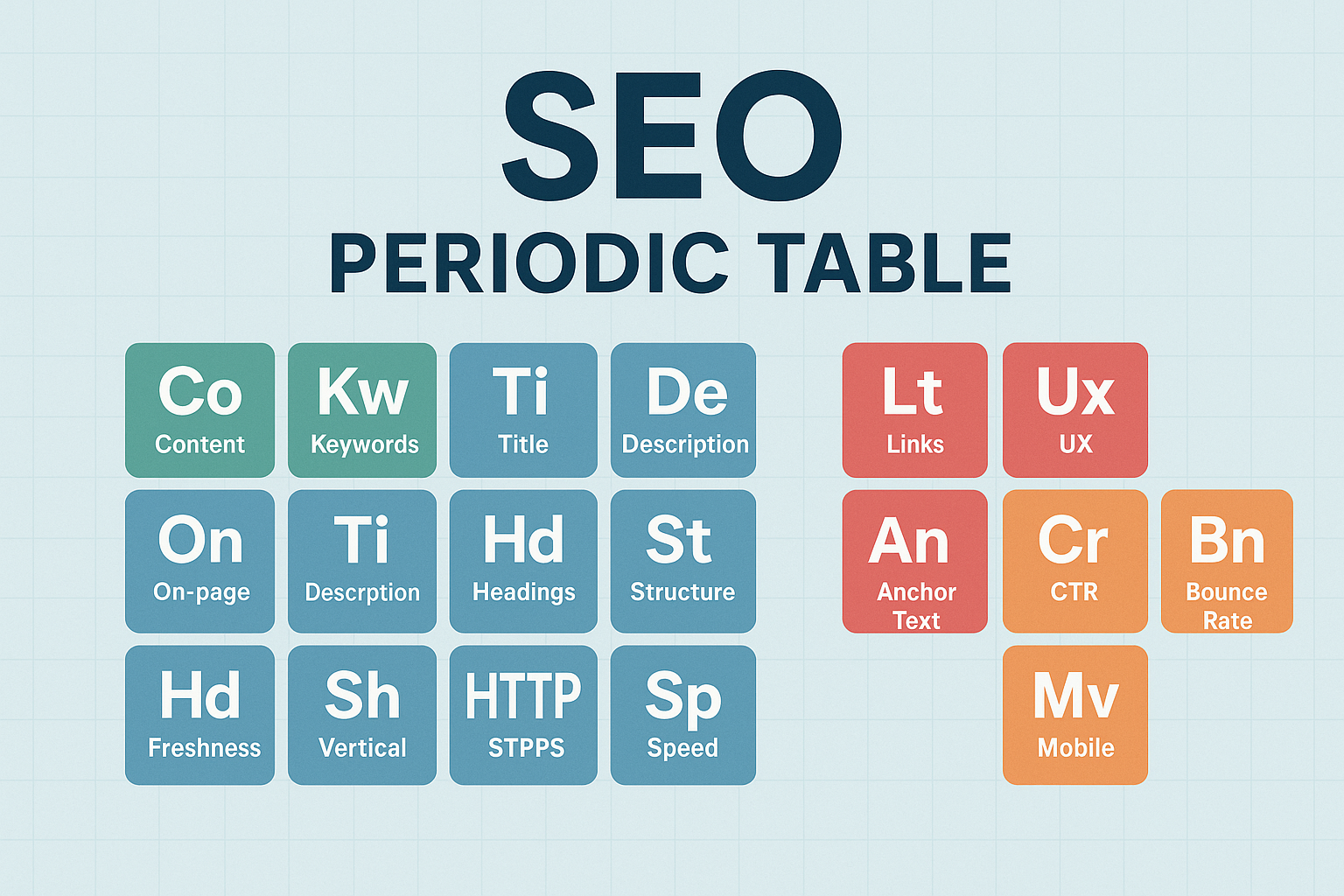


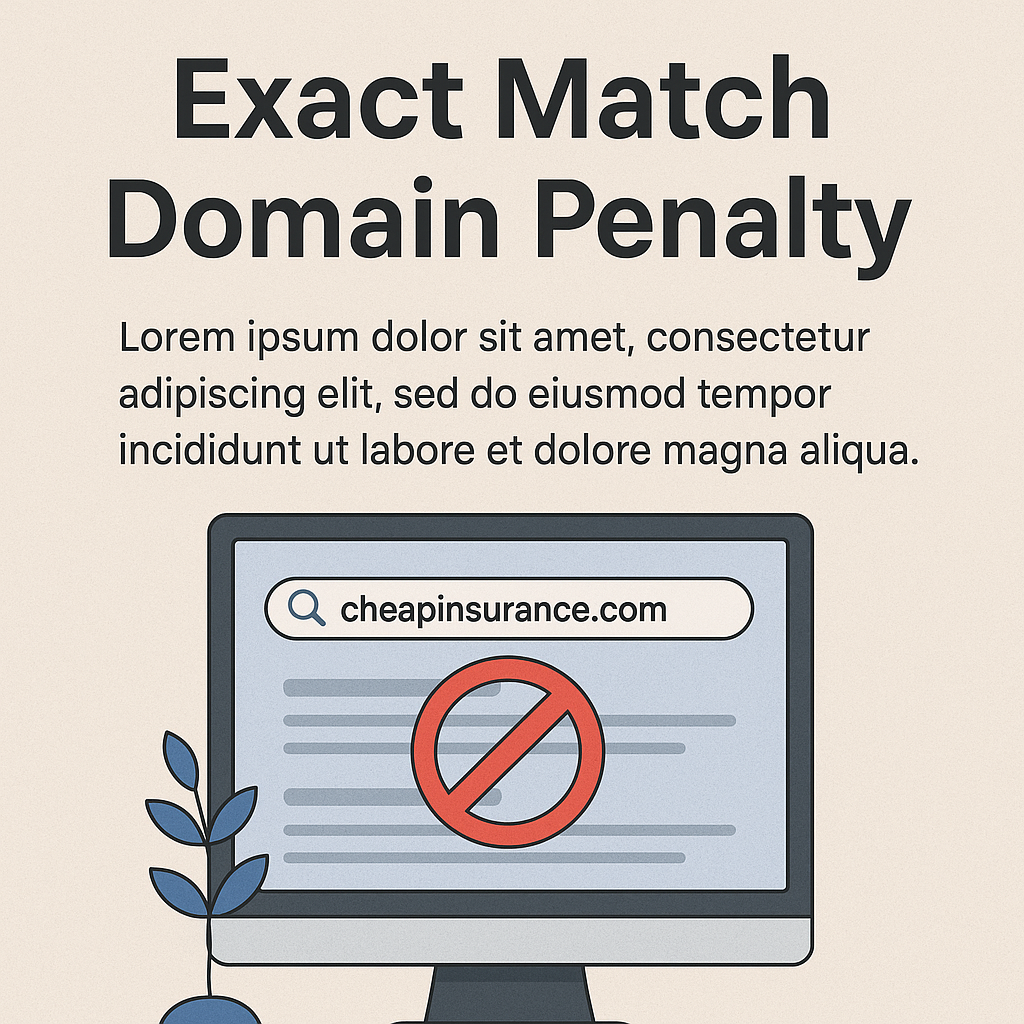
![B2B and B2C Website Examples [2025 Updated]](https://backlinkmanagement.io/wp-content/uploads/2025/05/B2B-and-B2C-Website-Example-.png)
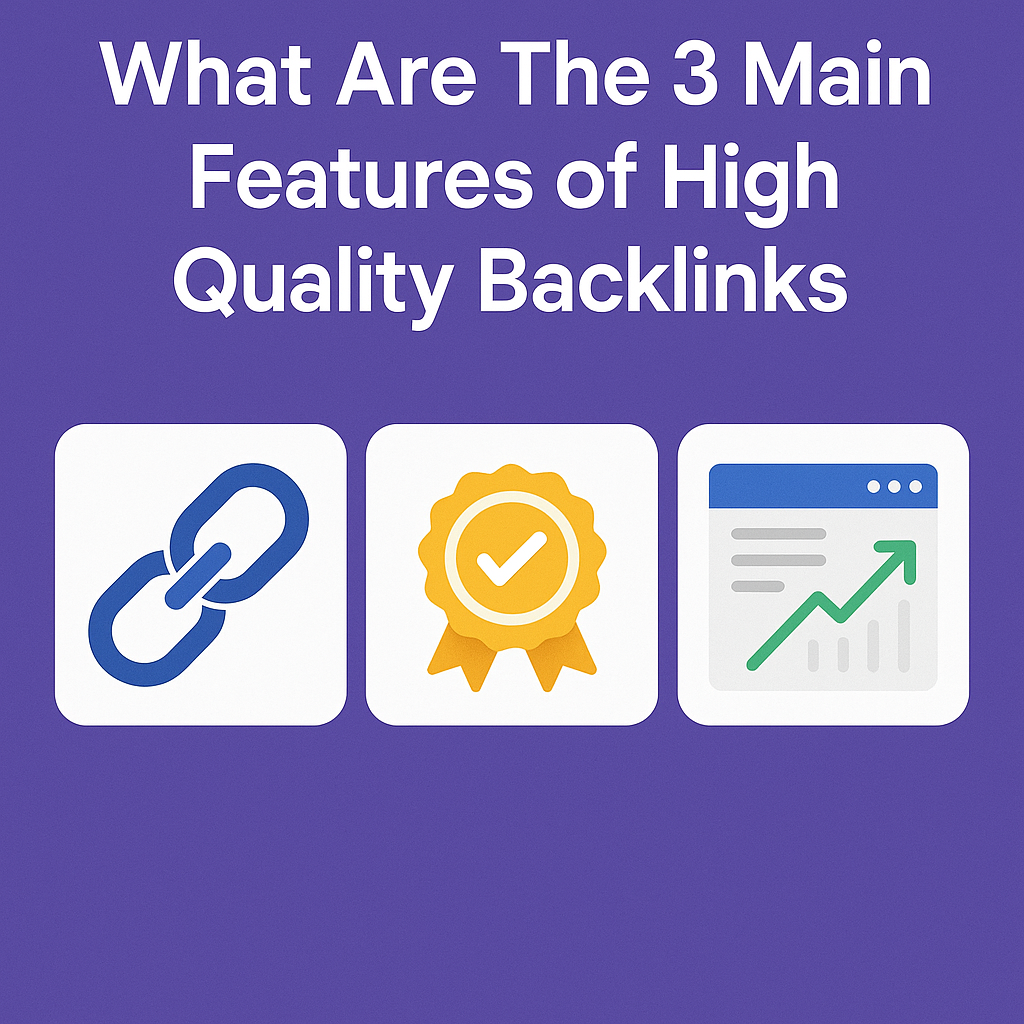

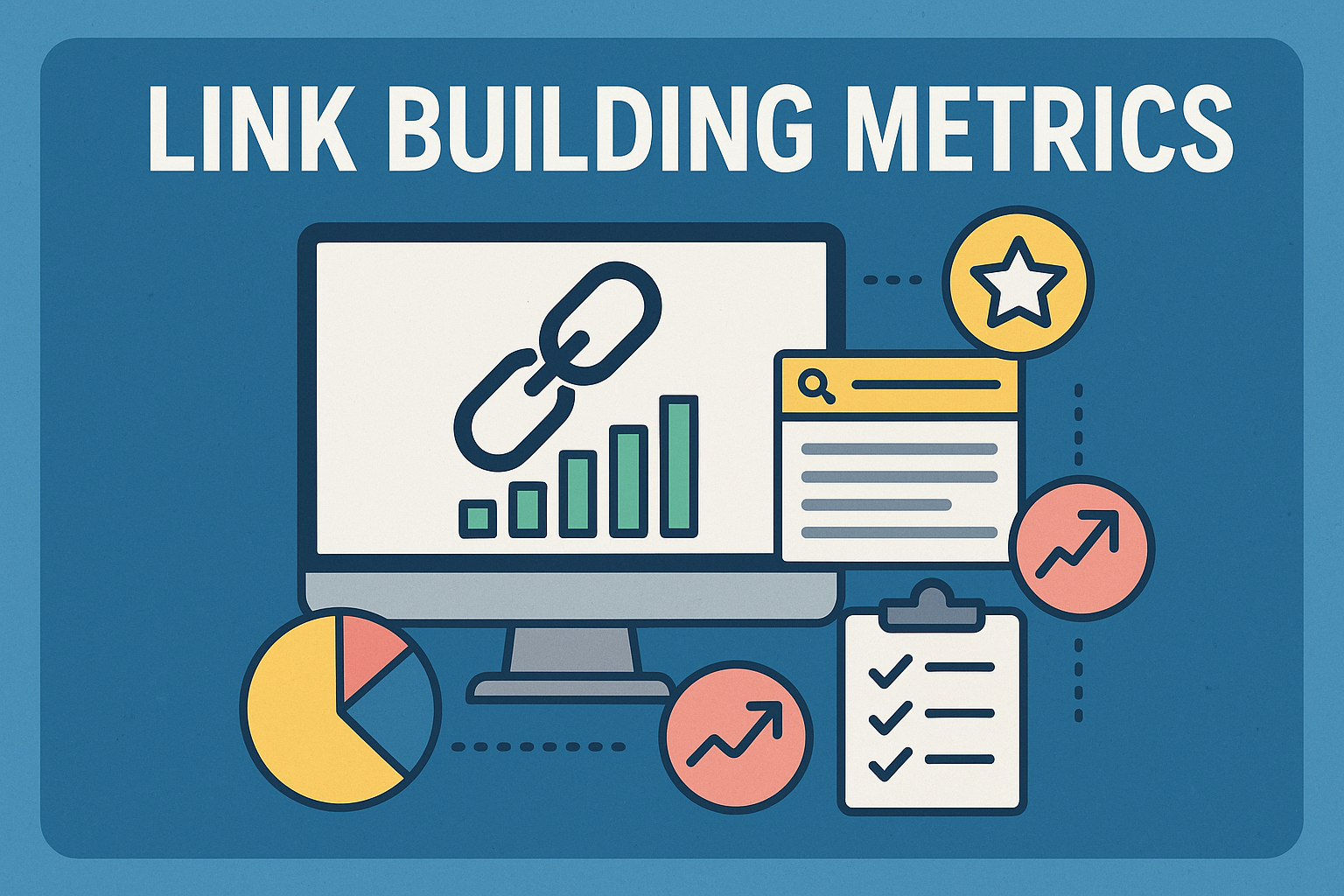
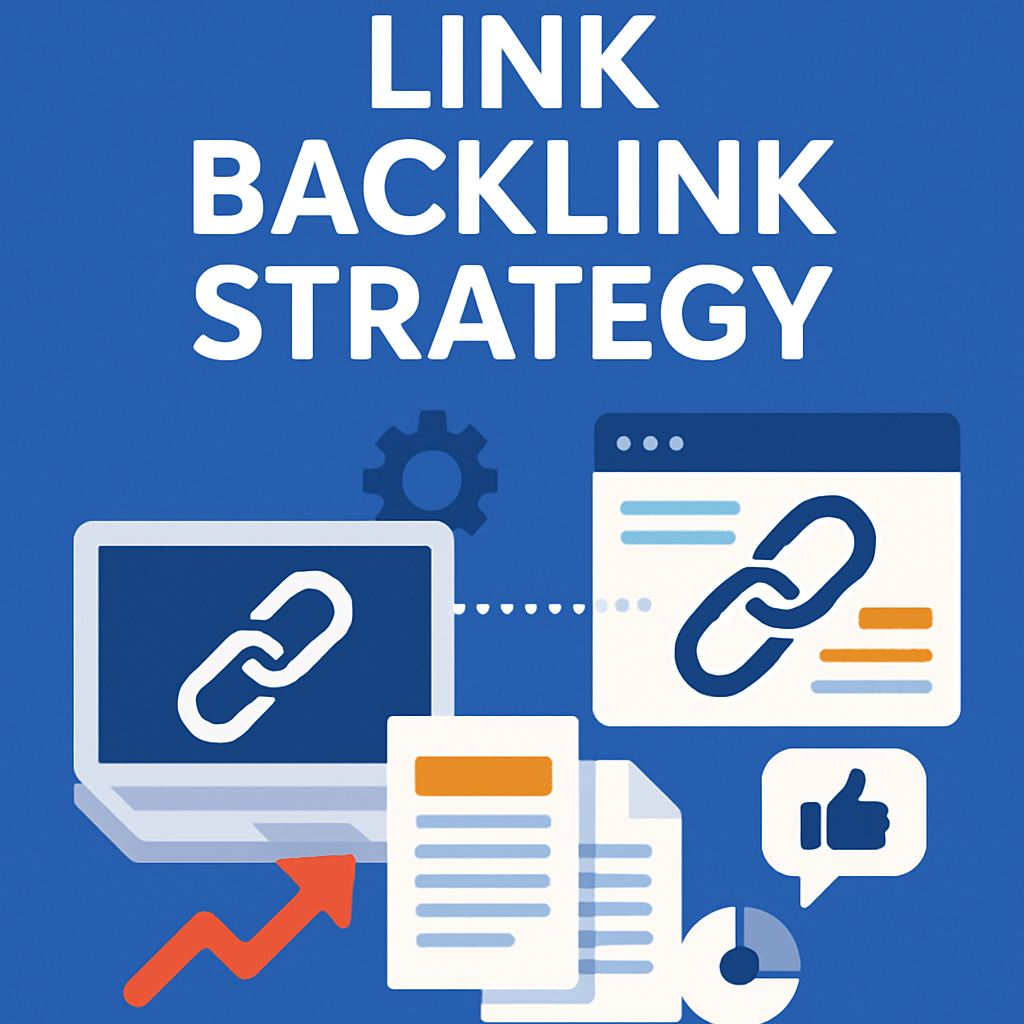


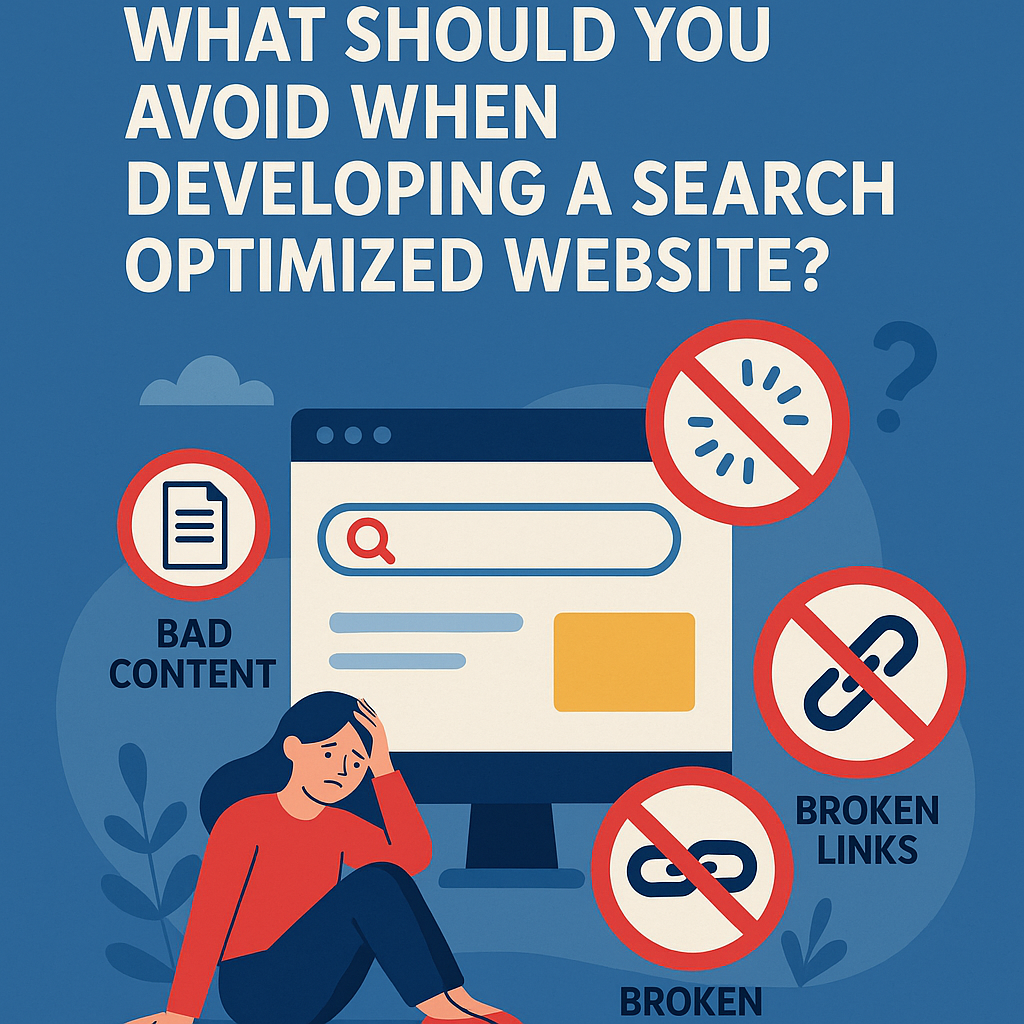


![What To Do After Keyword Research [2025 Guide]](https://backlinkmanagement.io/wp-content/uploads/2025/05/What-To-Do-After-Keyword-Research.png)
![Is Page Speed Really A Ranking Factor? [2025]](https://backlinkmanagement.io/wp-content/uploads/2025/05/Is-Page-Speed-Really-A-Ranking-Factor.png)
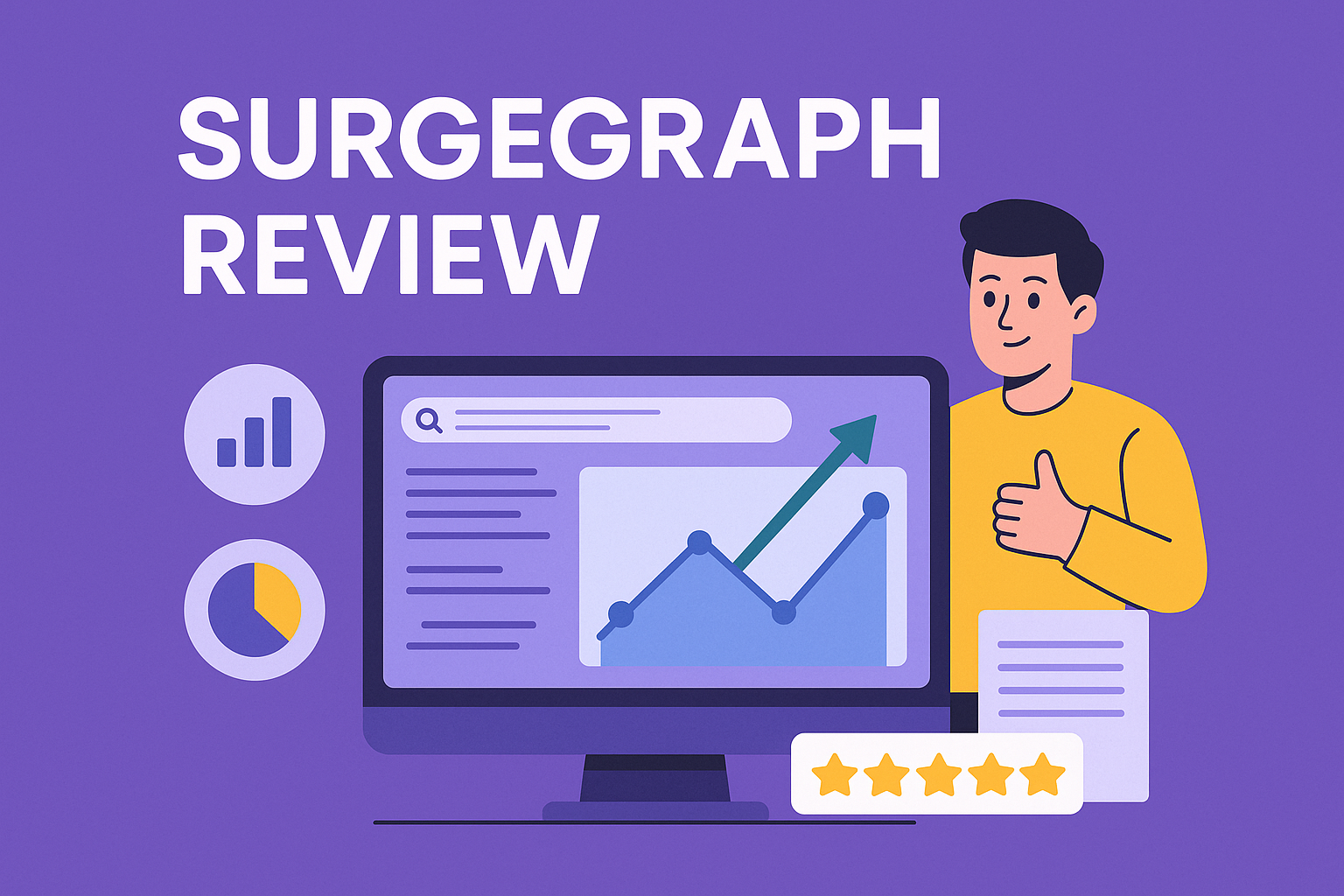





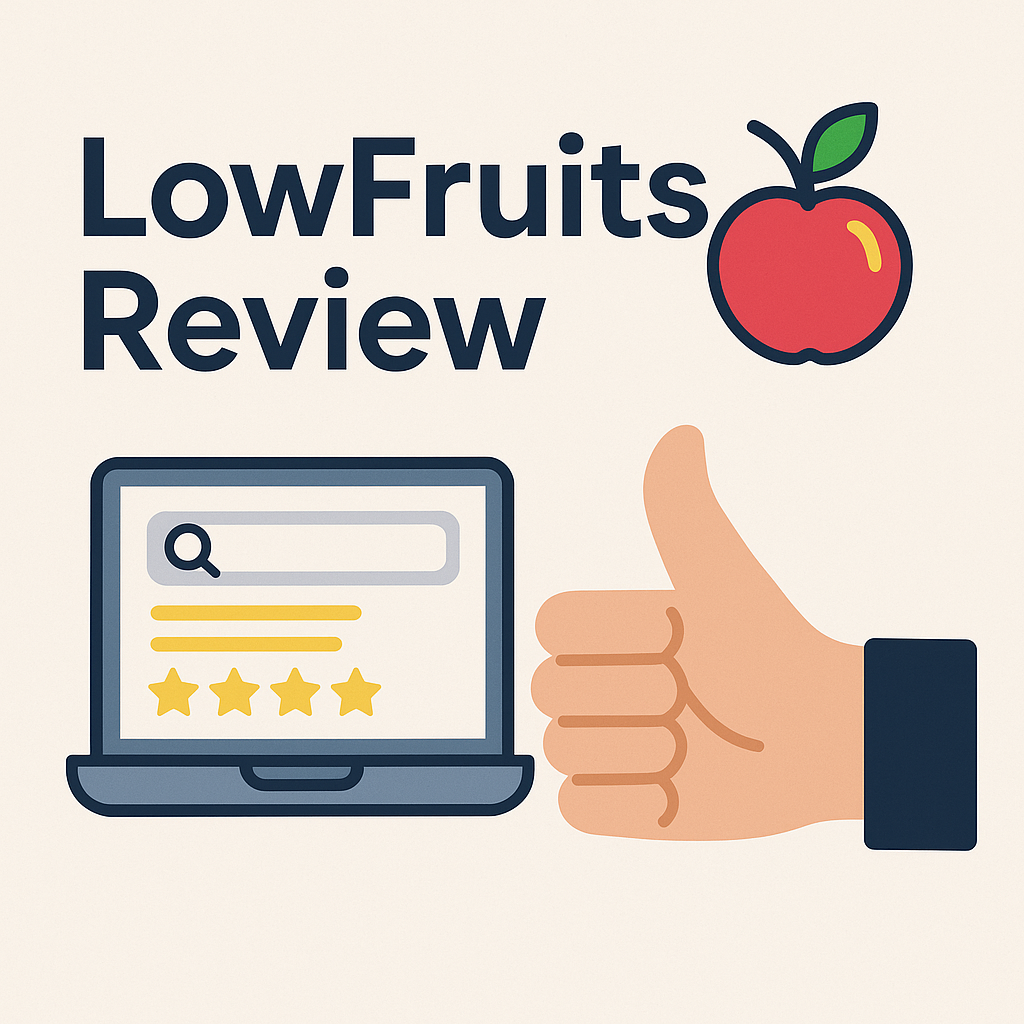
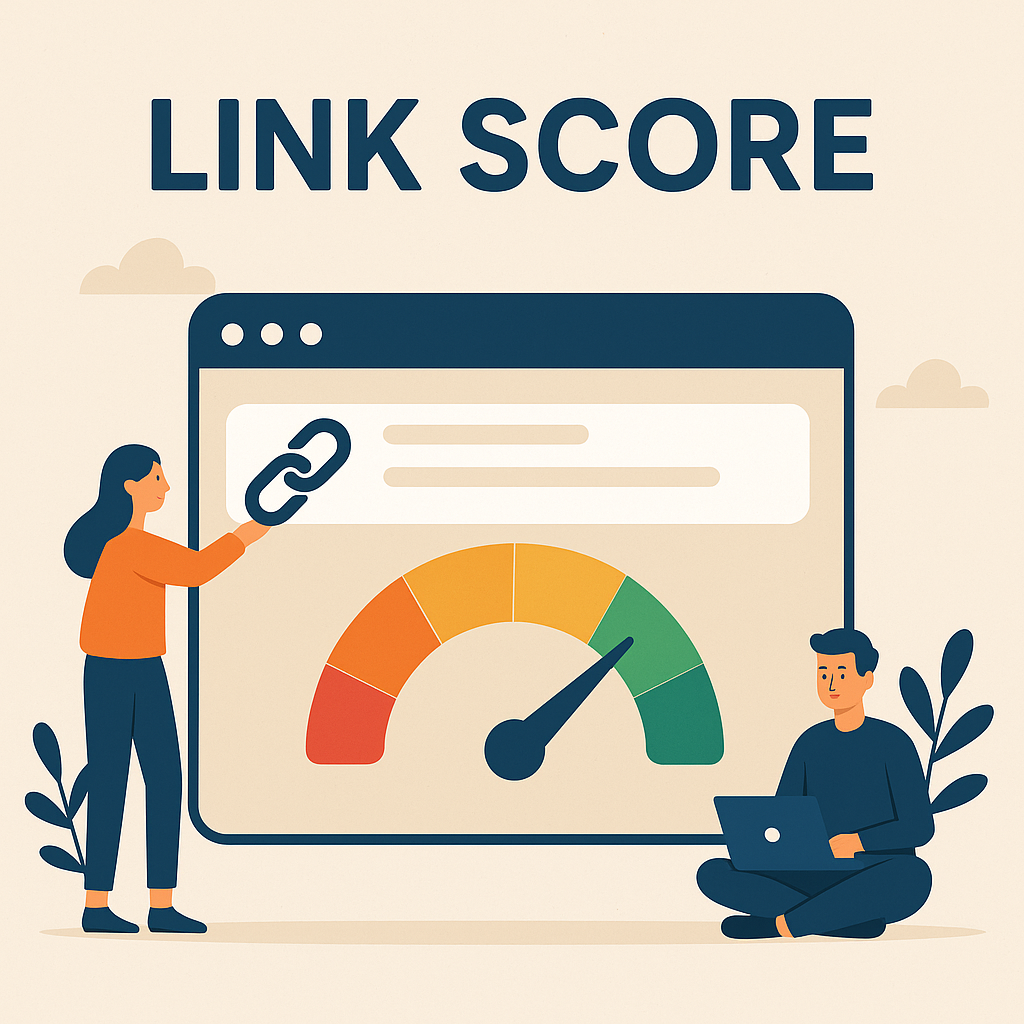
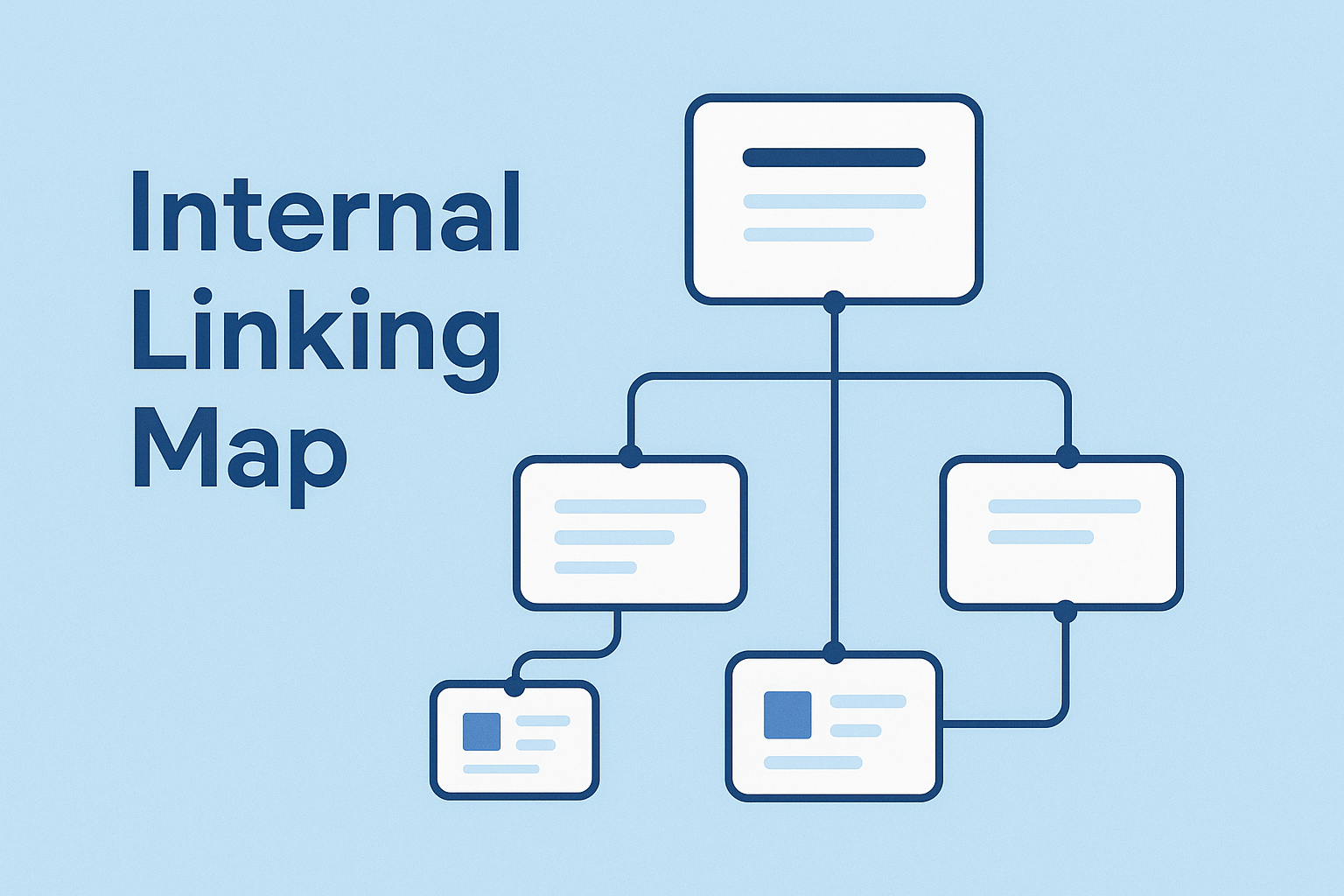

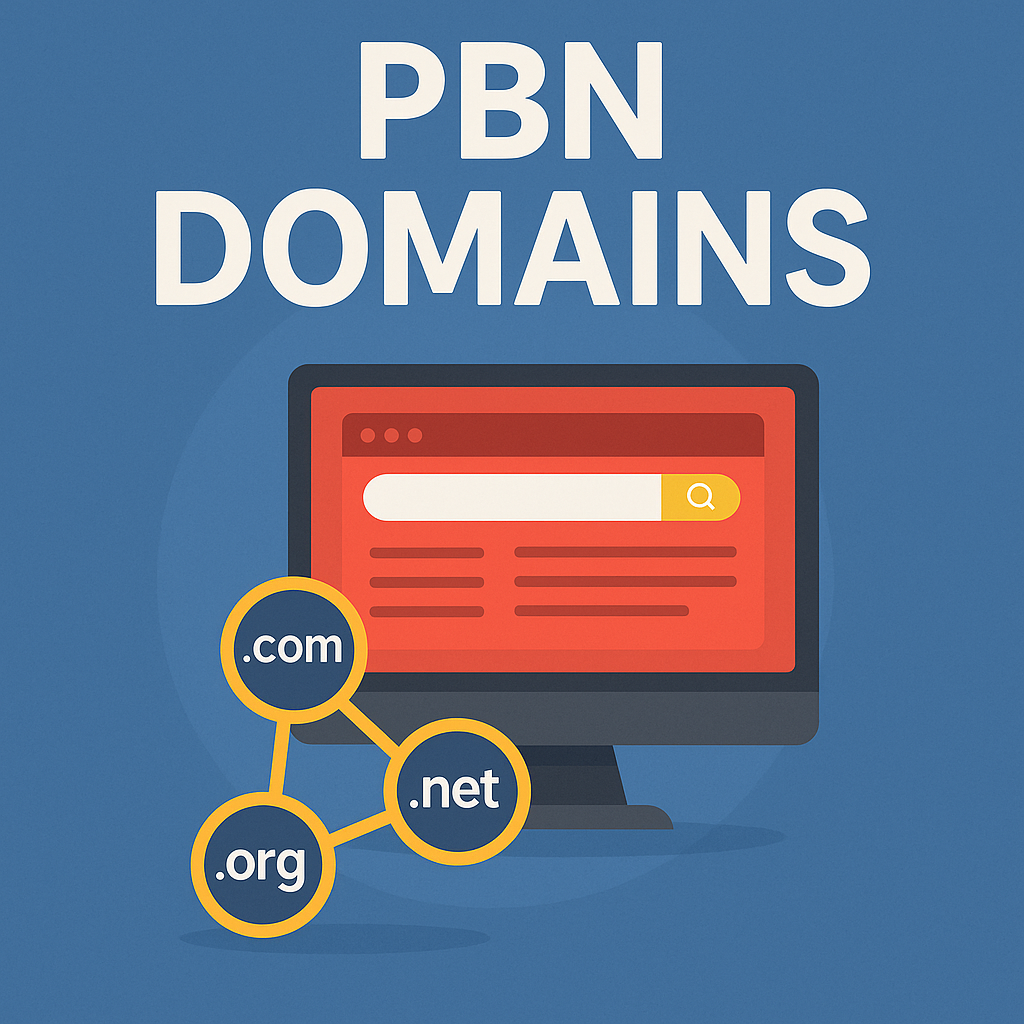

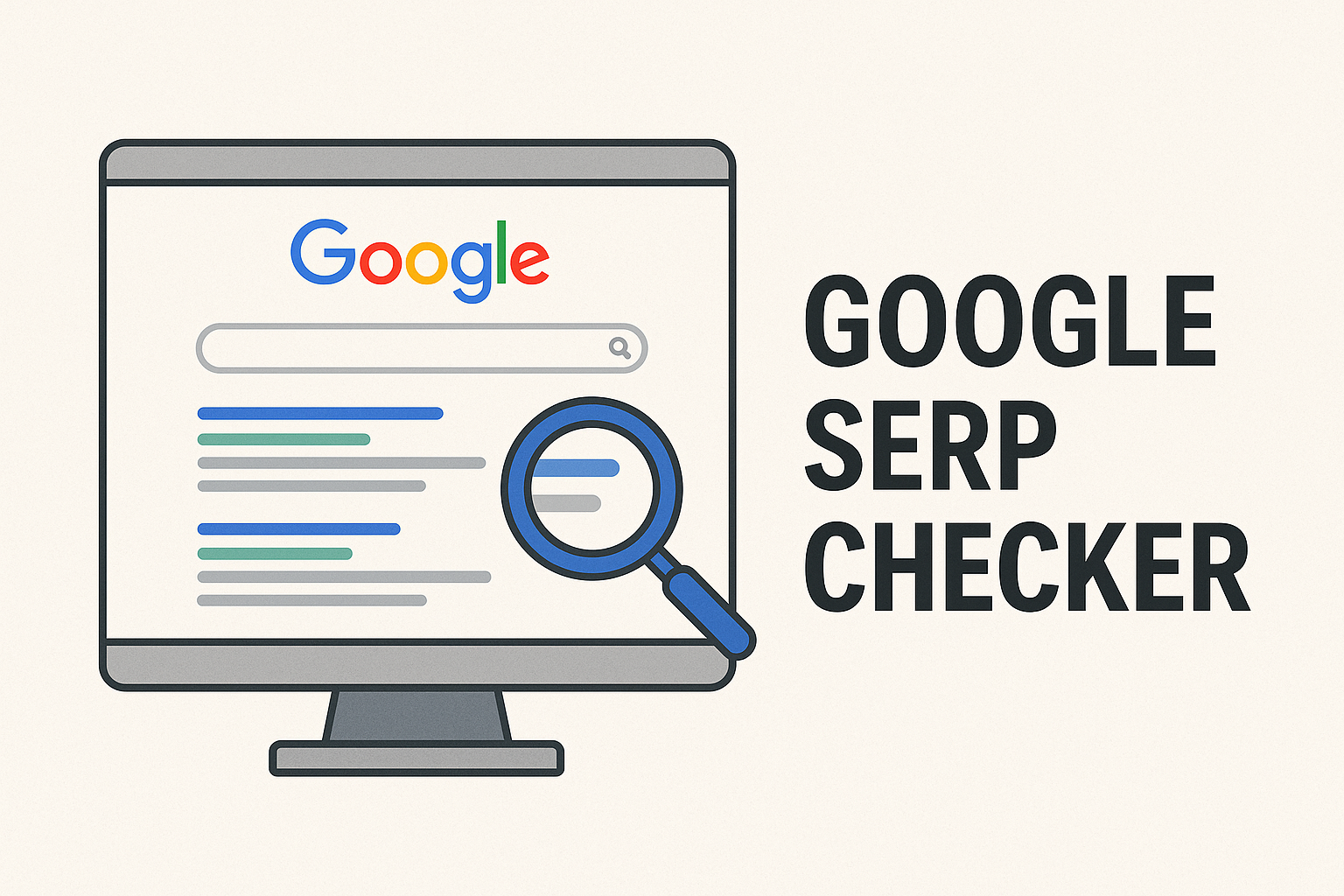
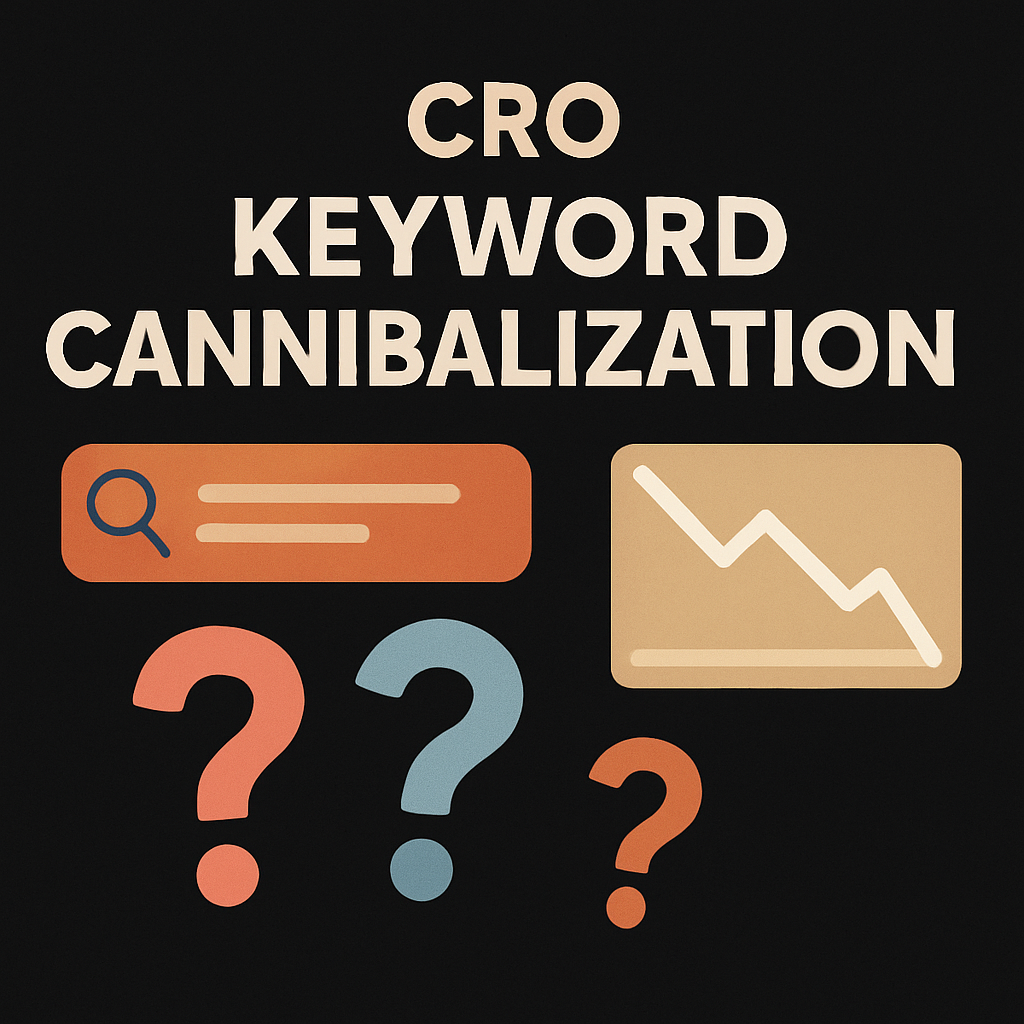


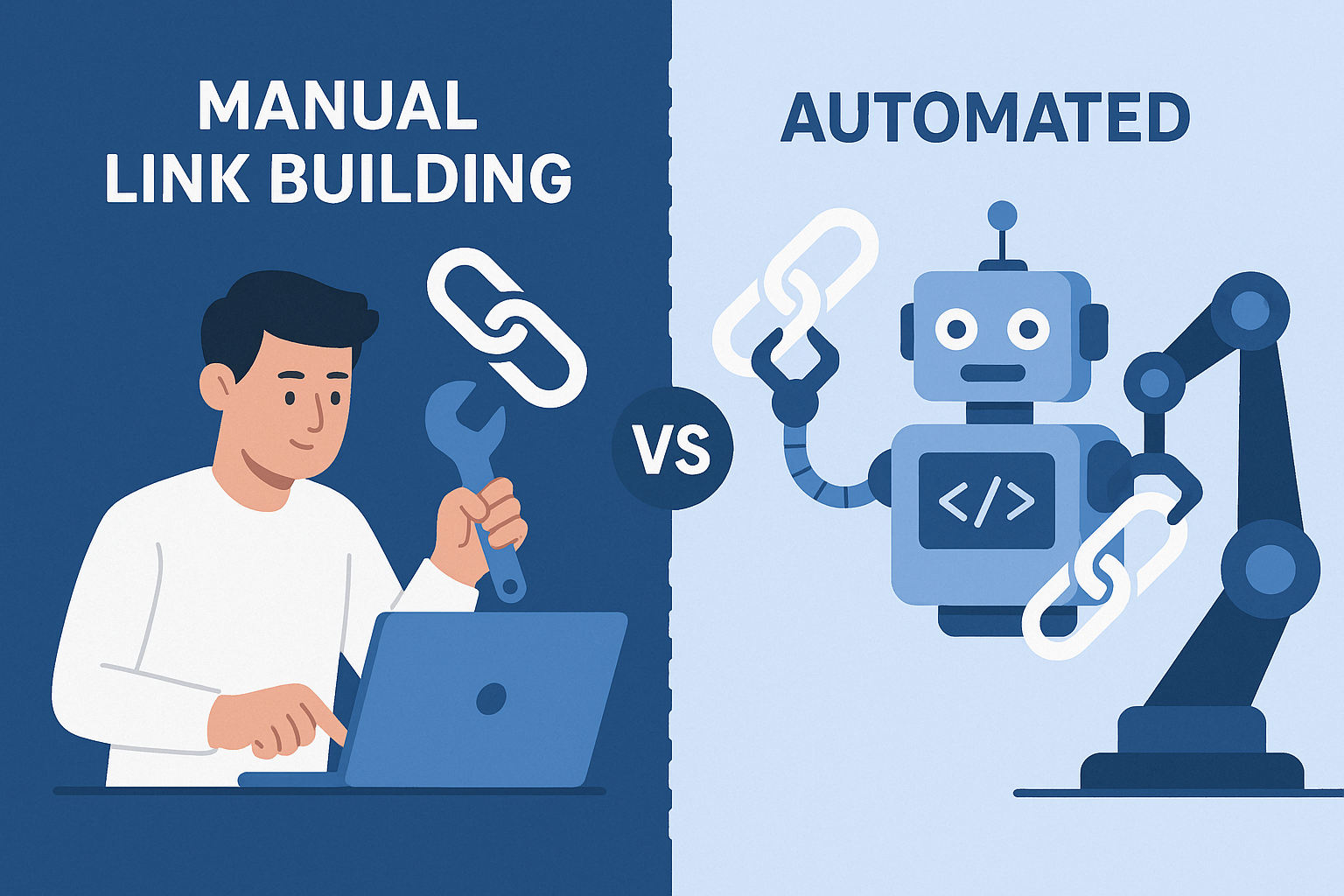

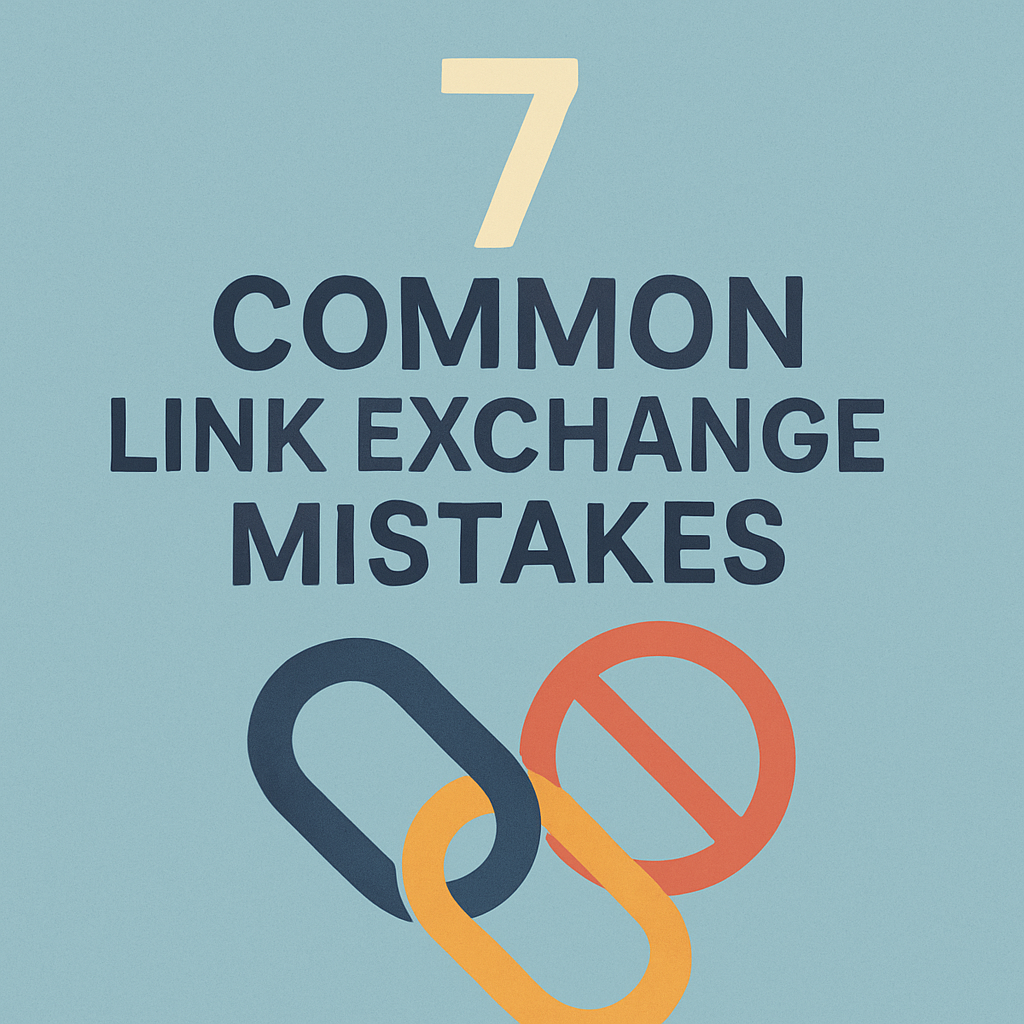
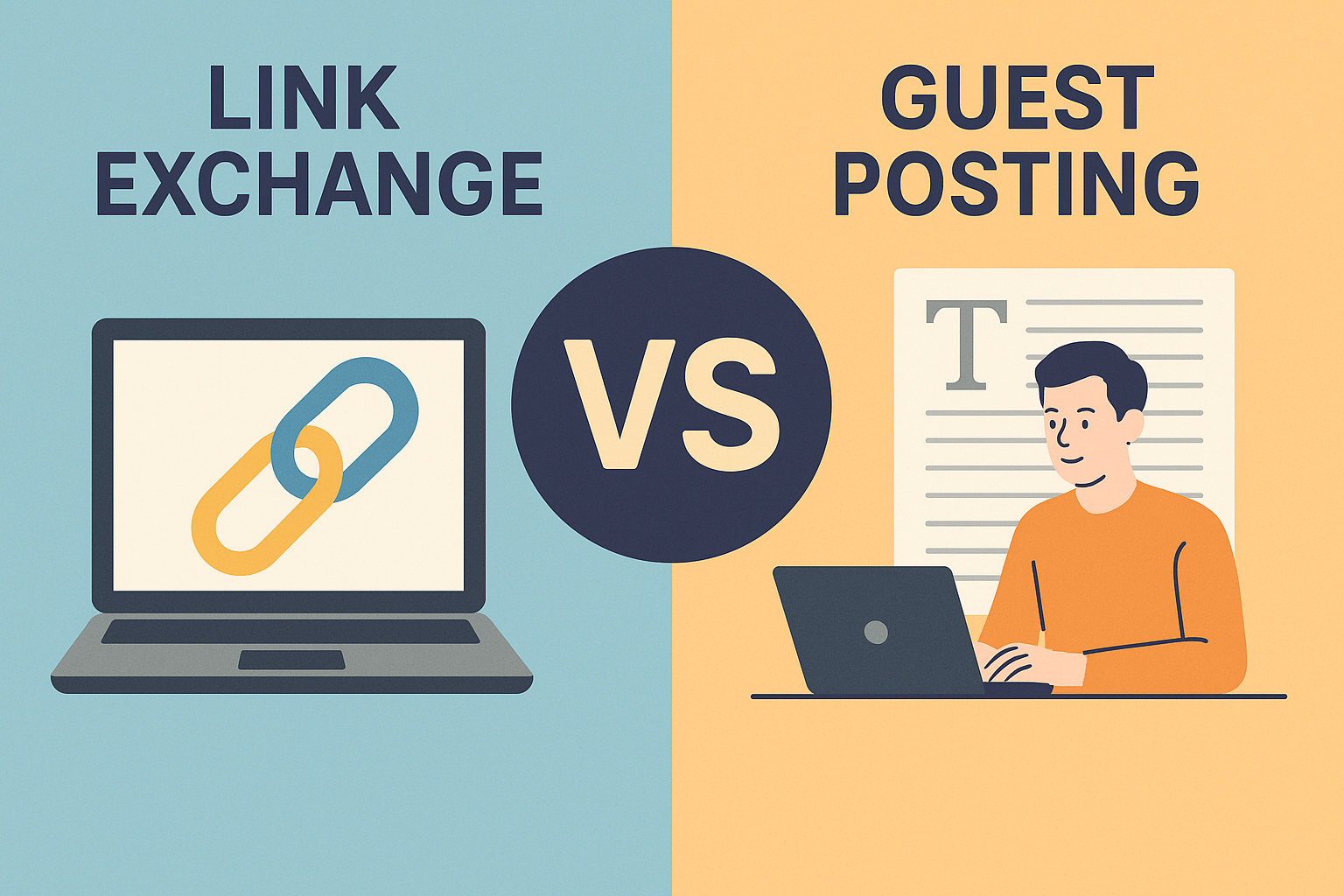
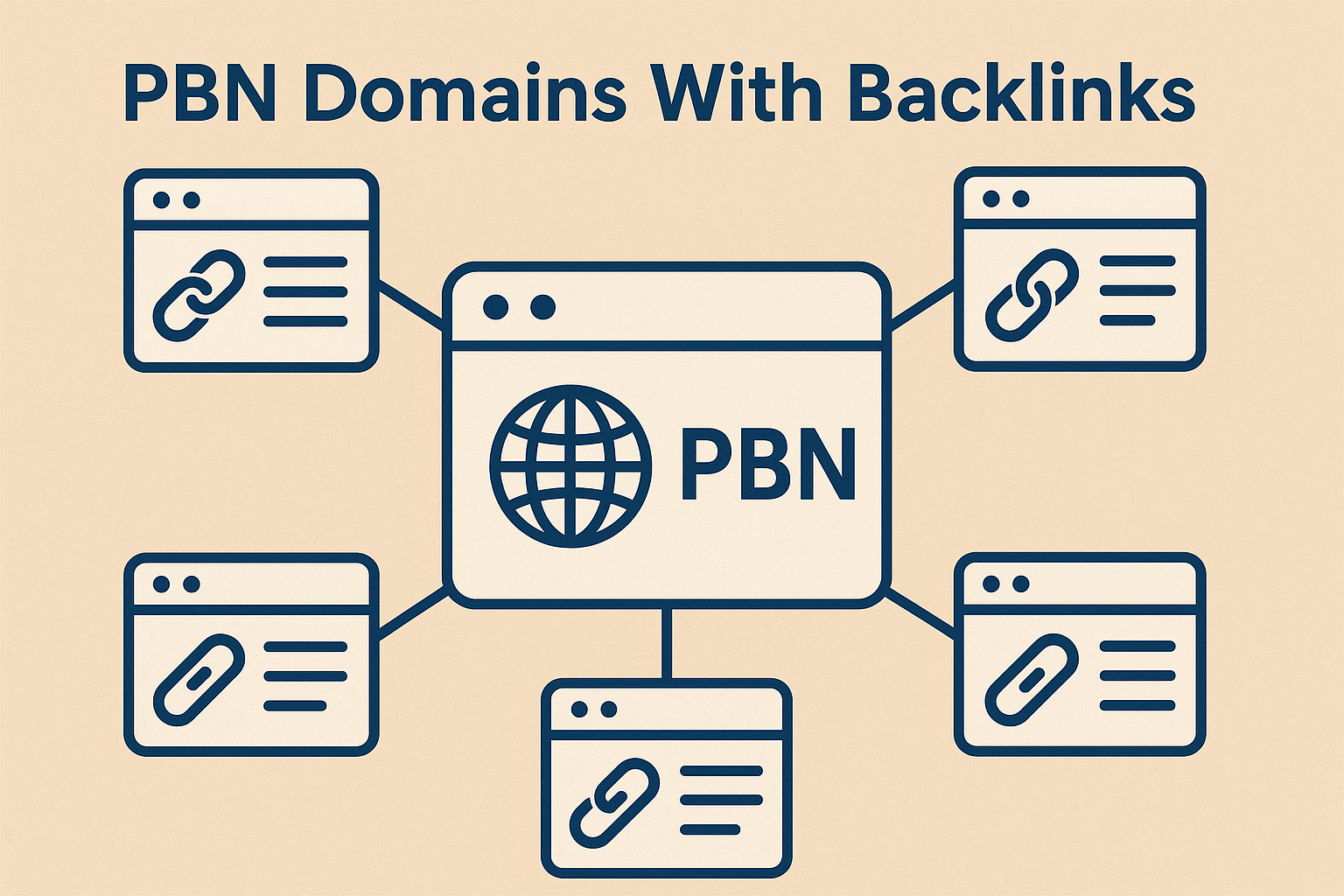
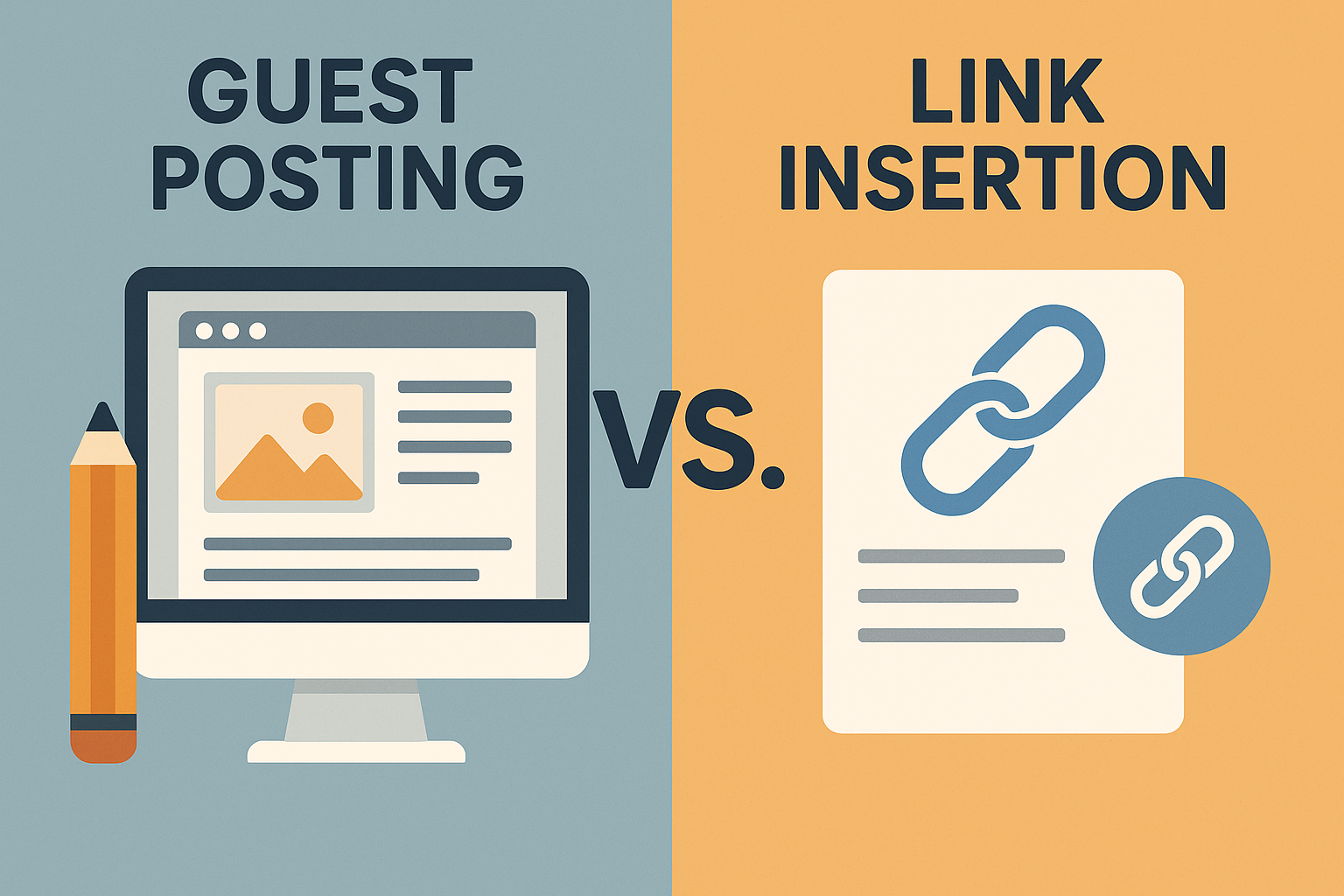


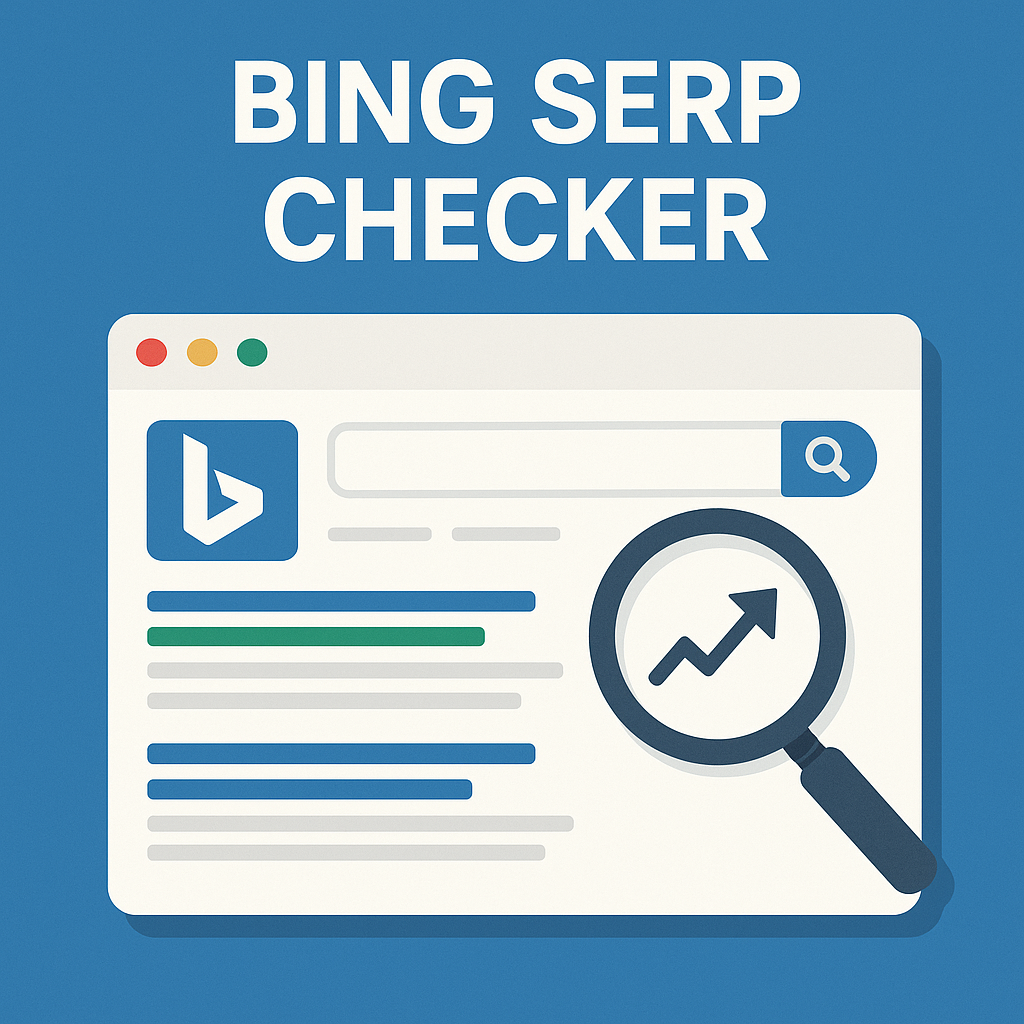
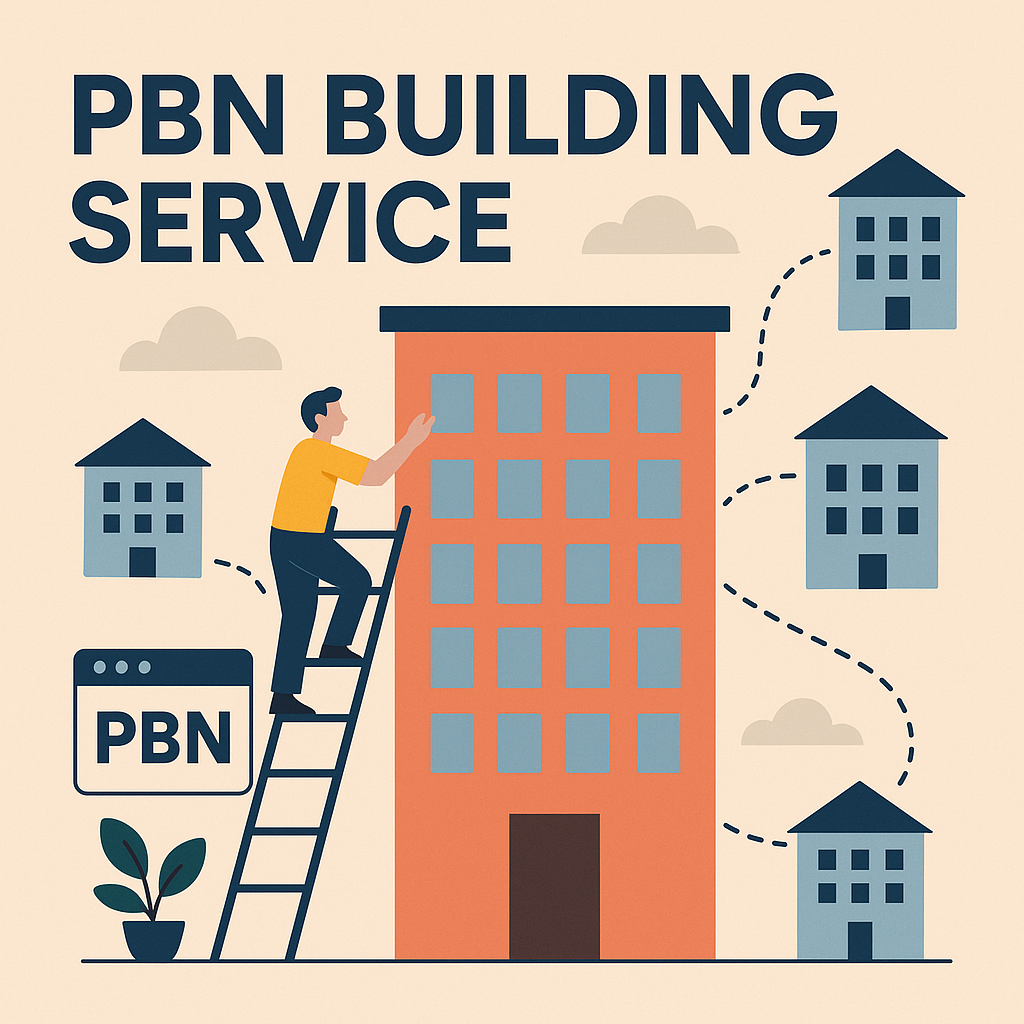
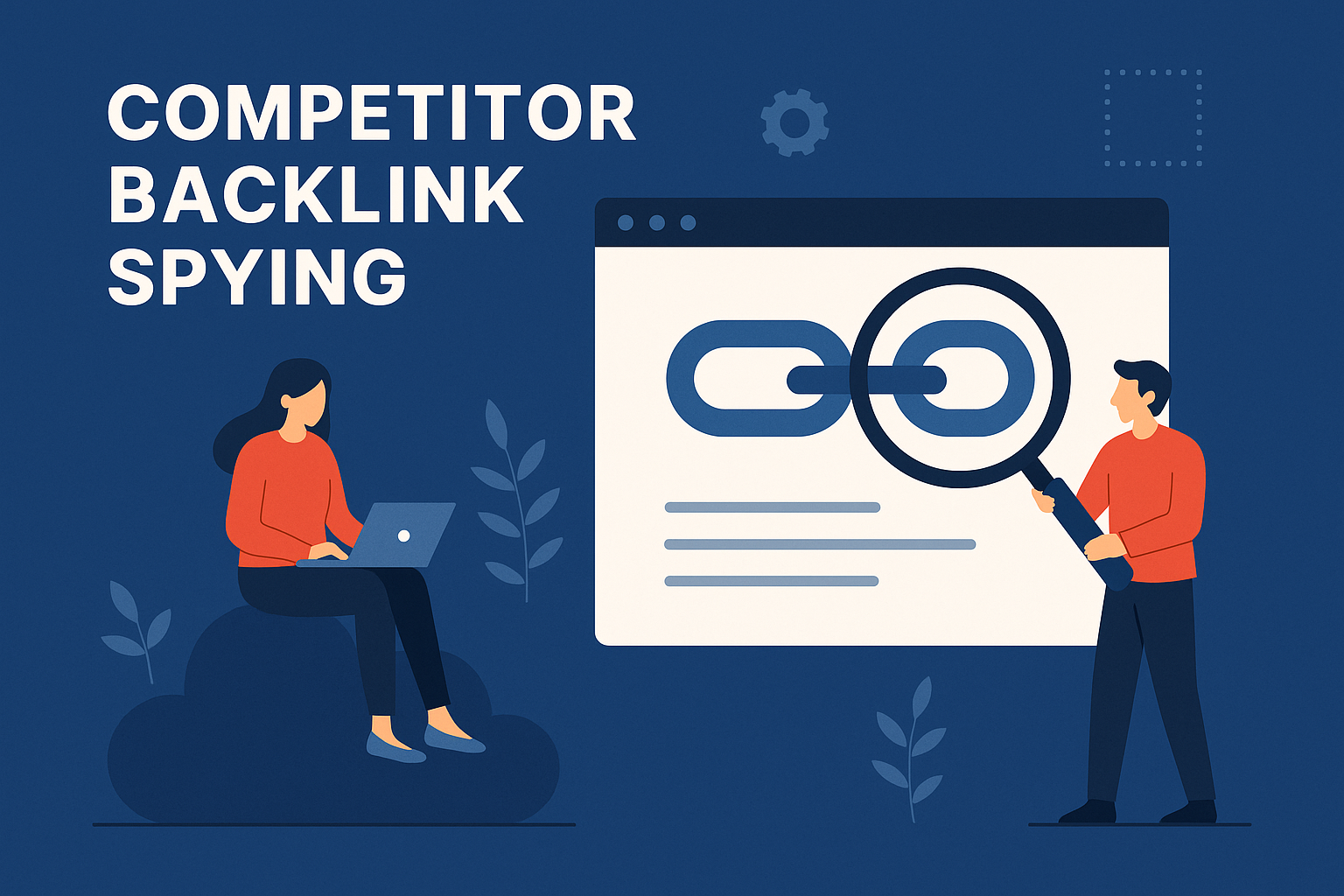
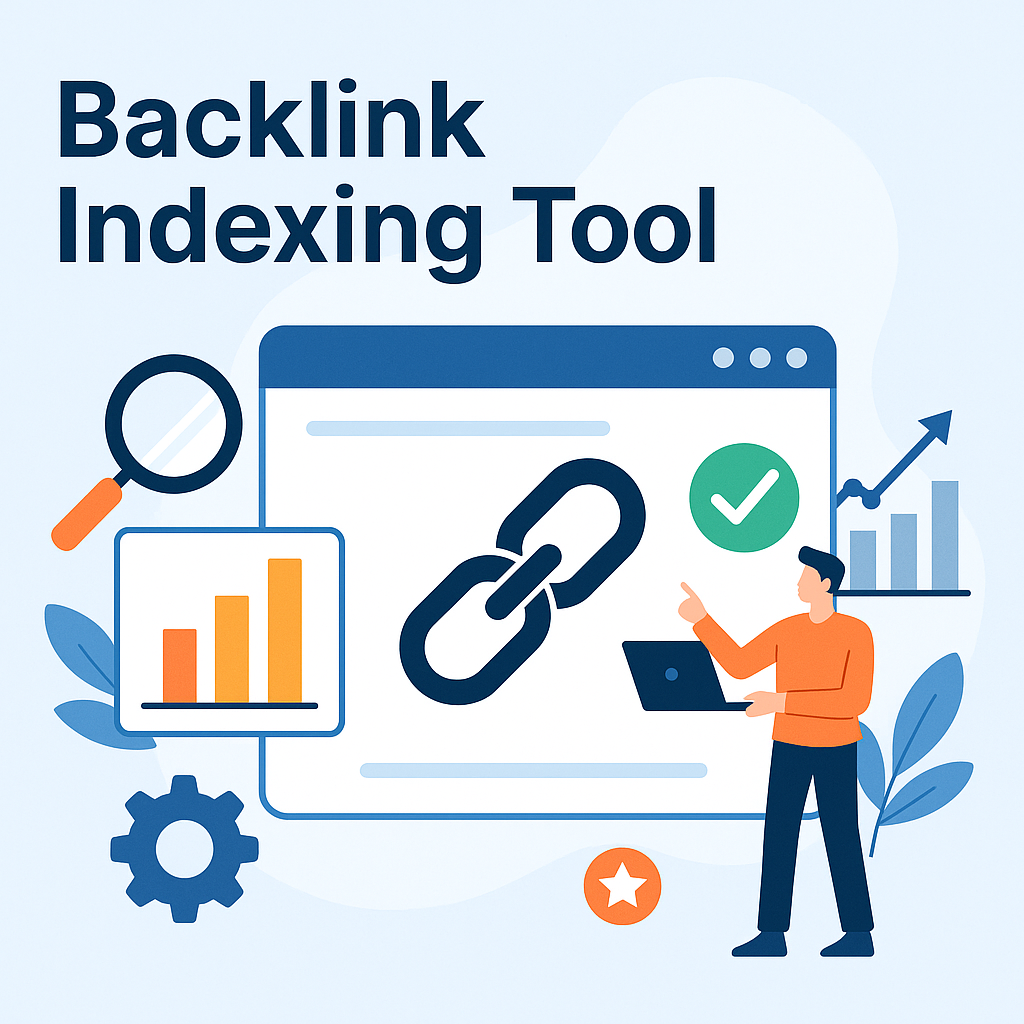

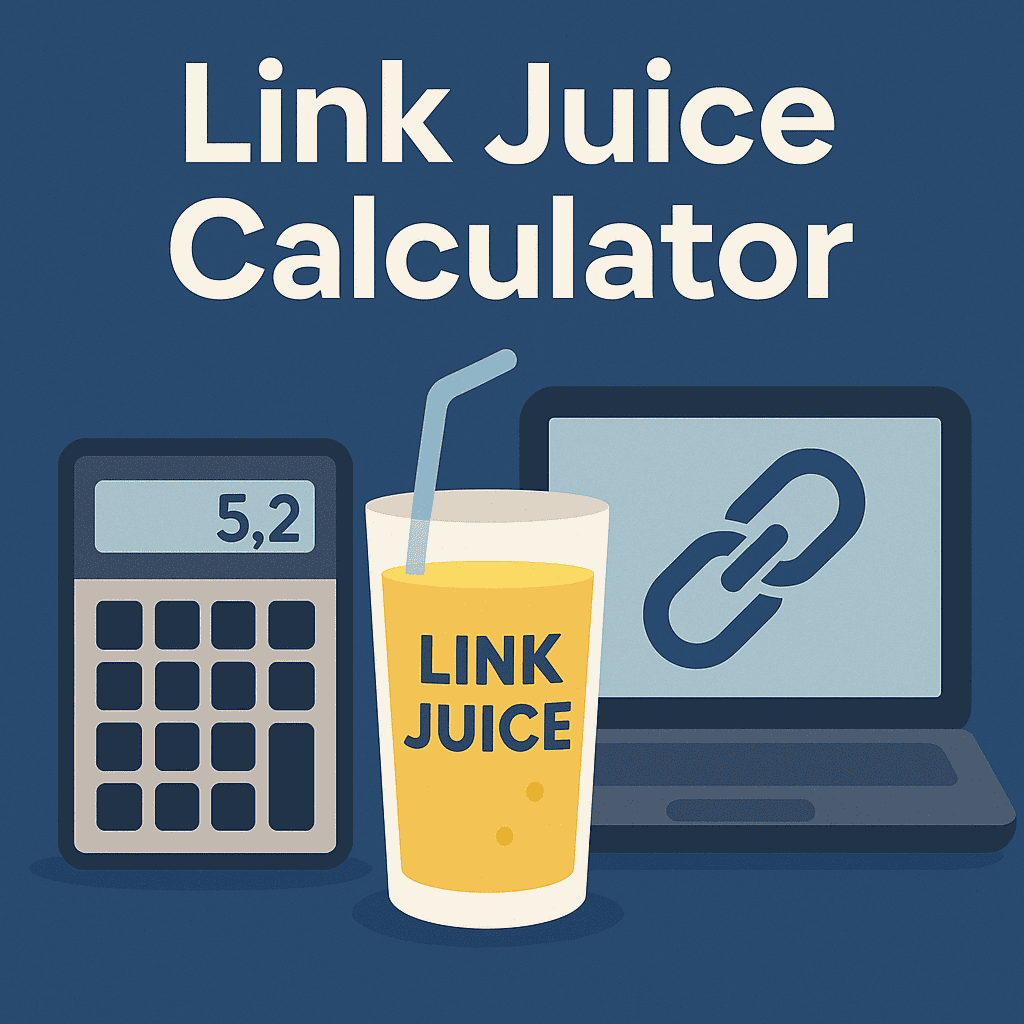


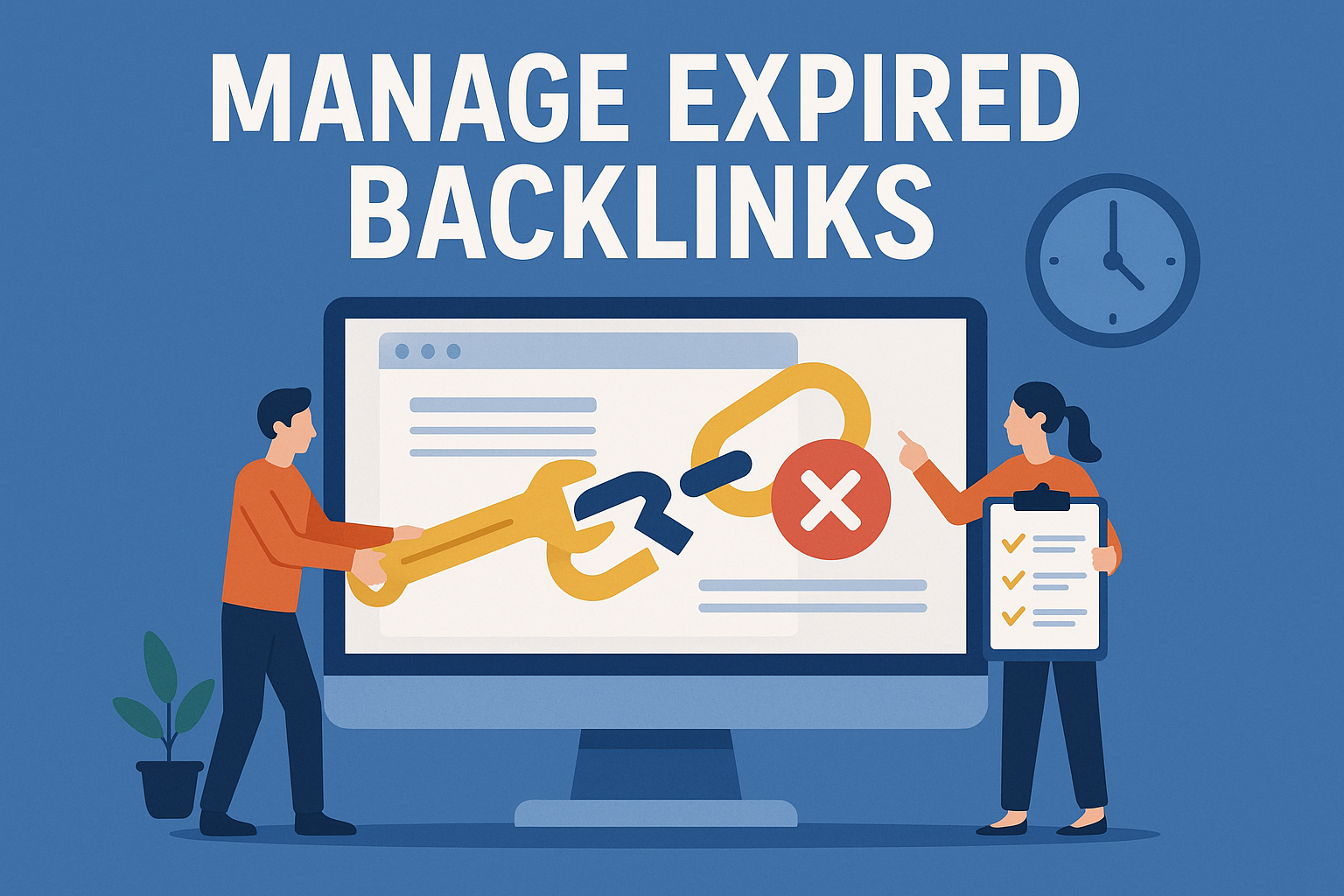

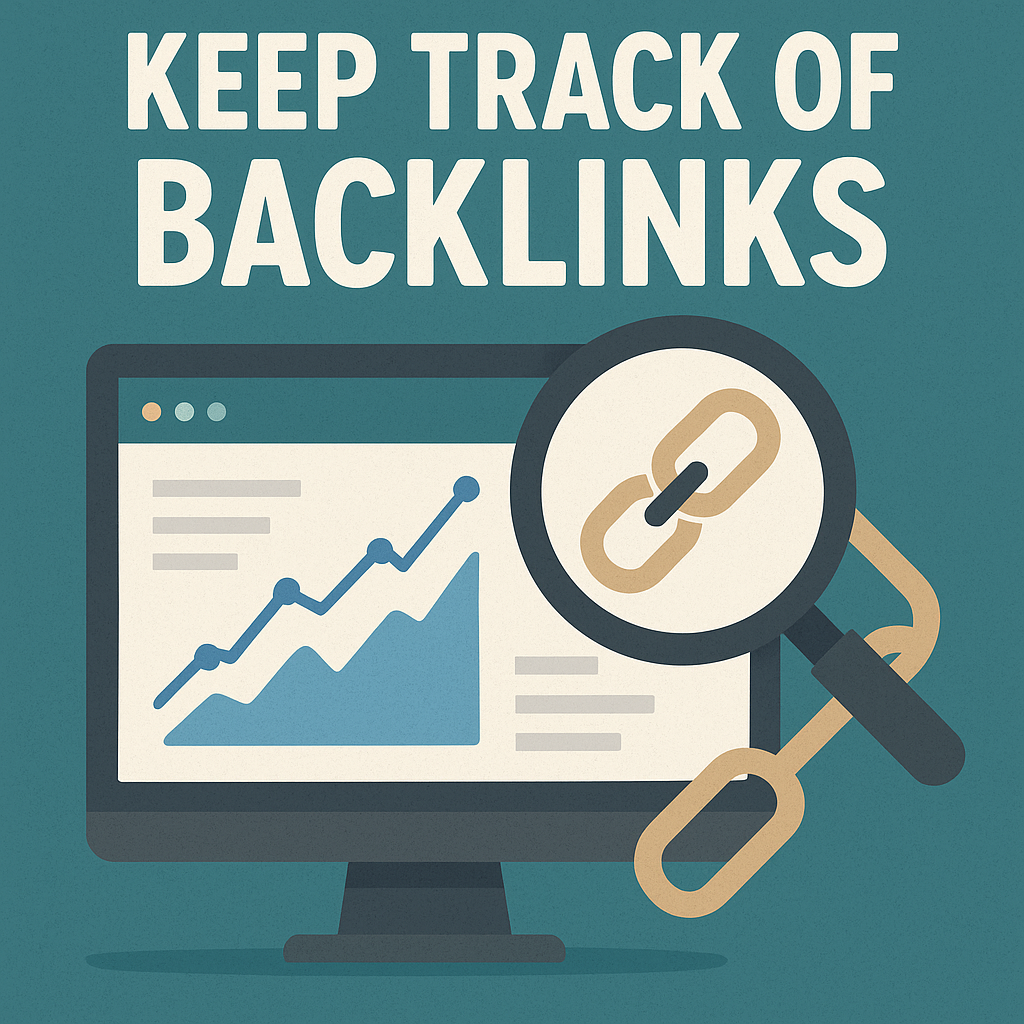
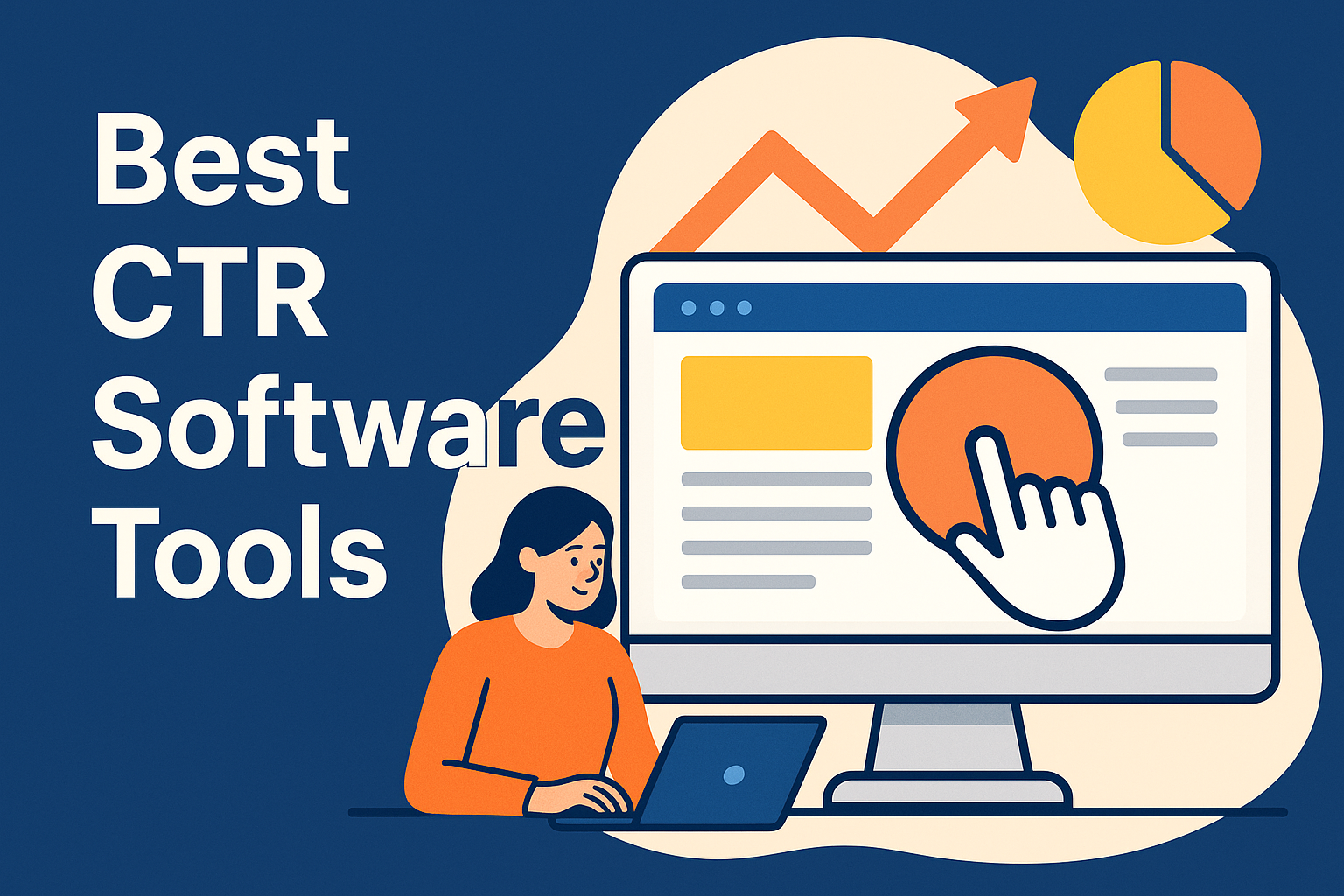

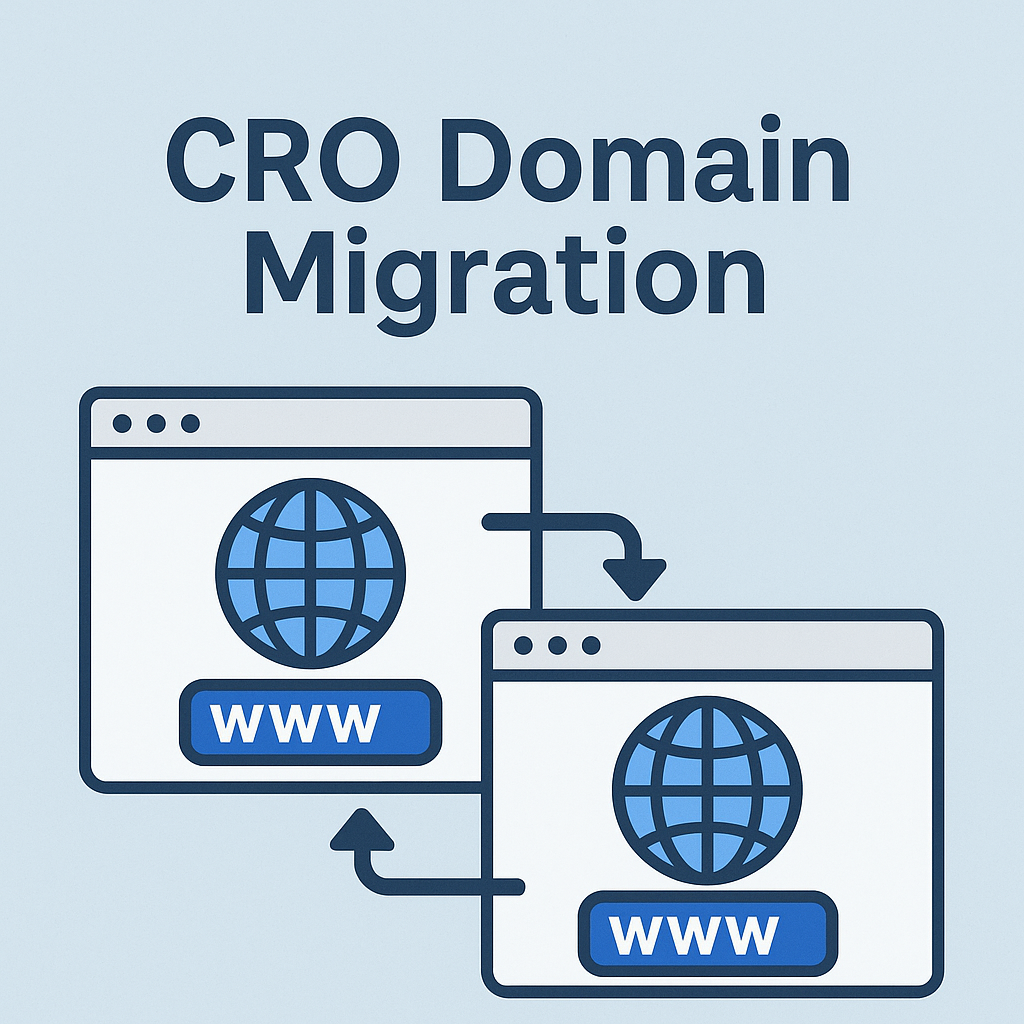
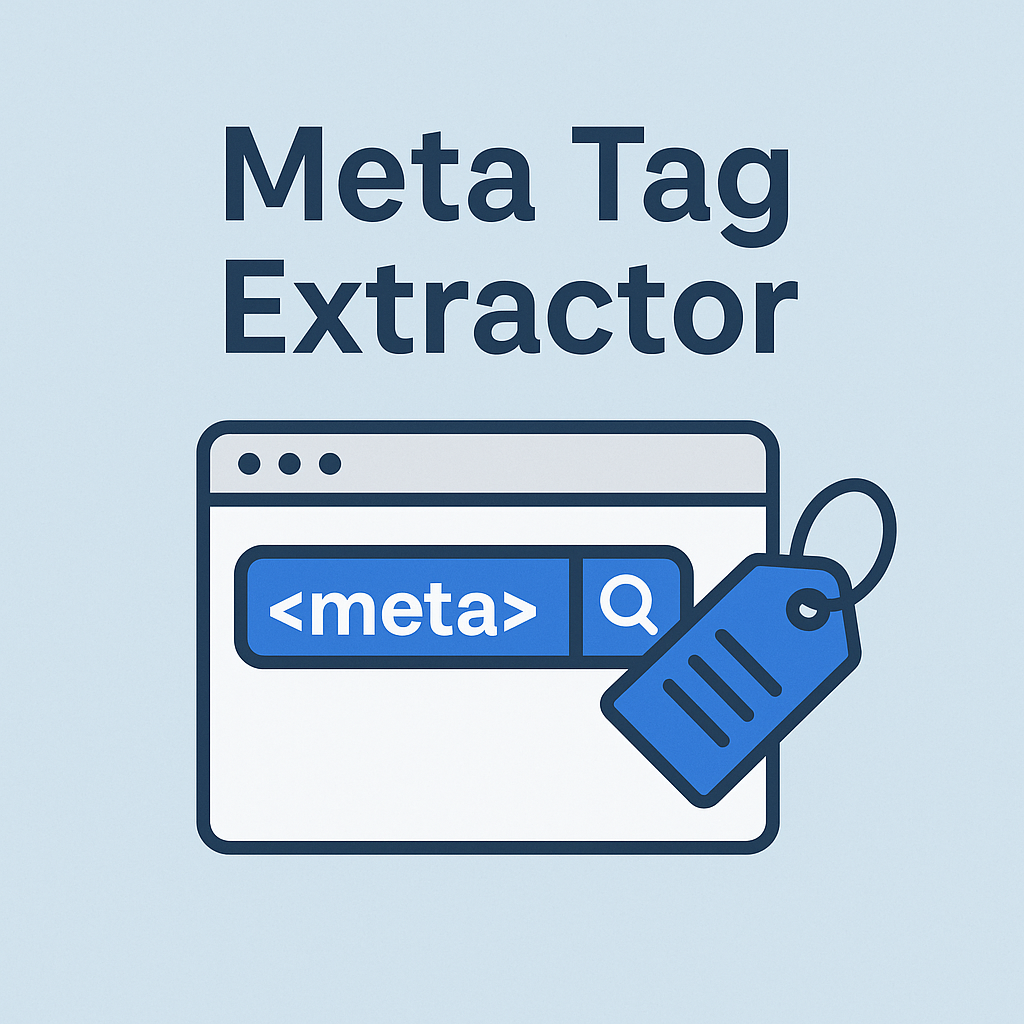
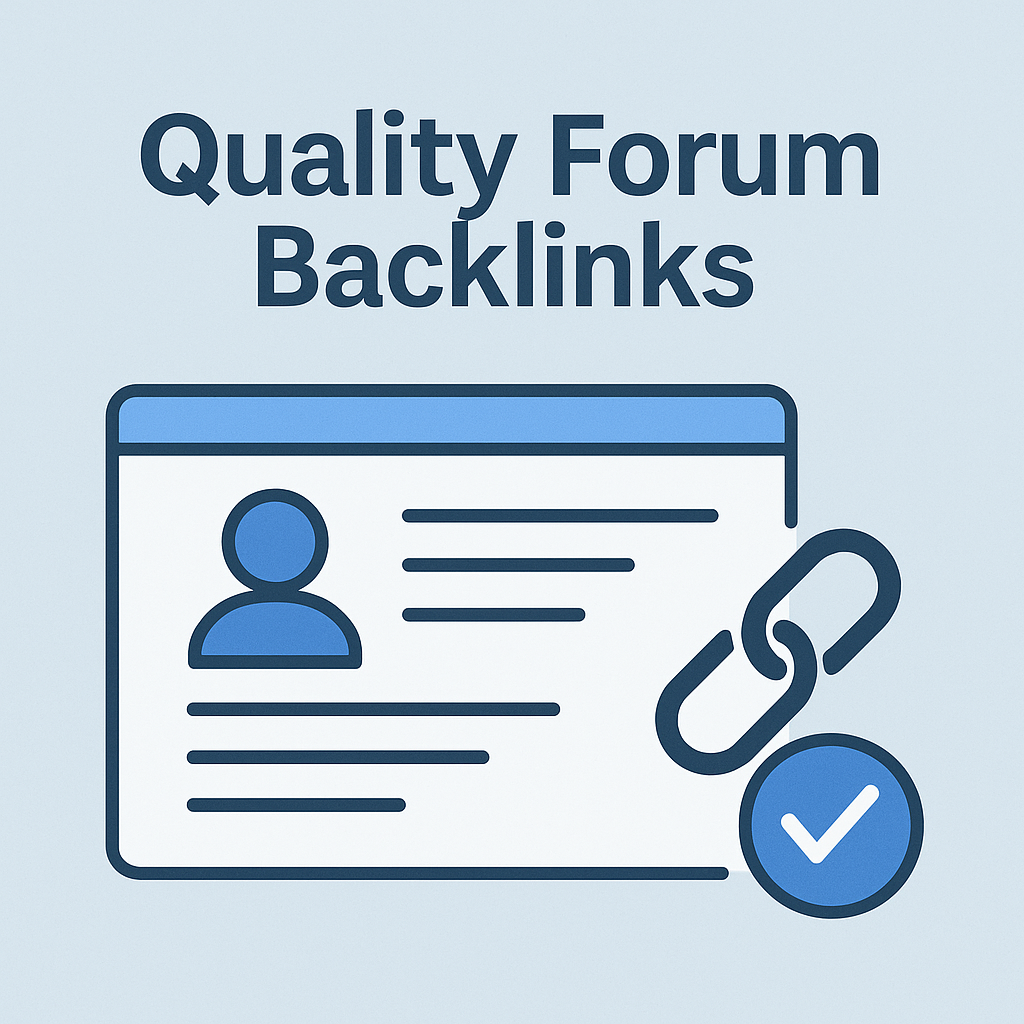
![Best Link Exchange Sites [Free & Safe] – Top 5 Picks](https://backlinkmanagement.io/wp-content/uploads/2025/04/Free-Link-Exchange.png)


